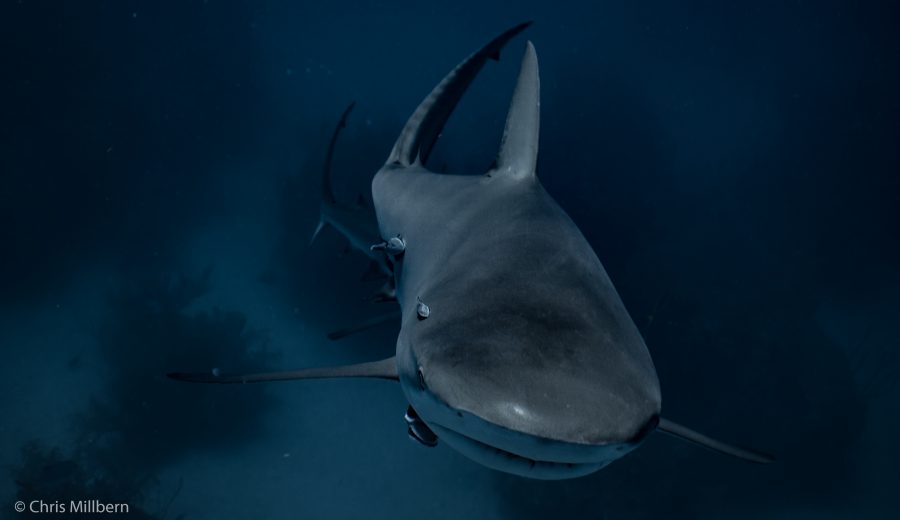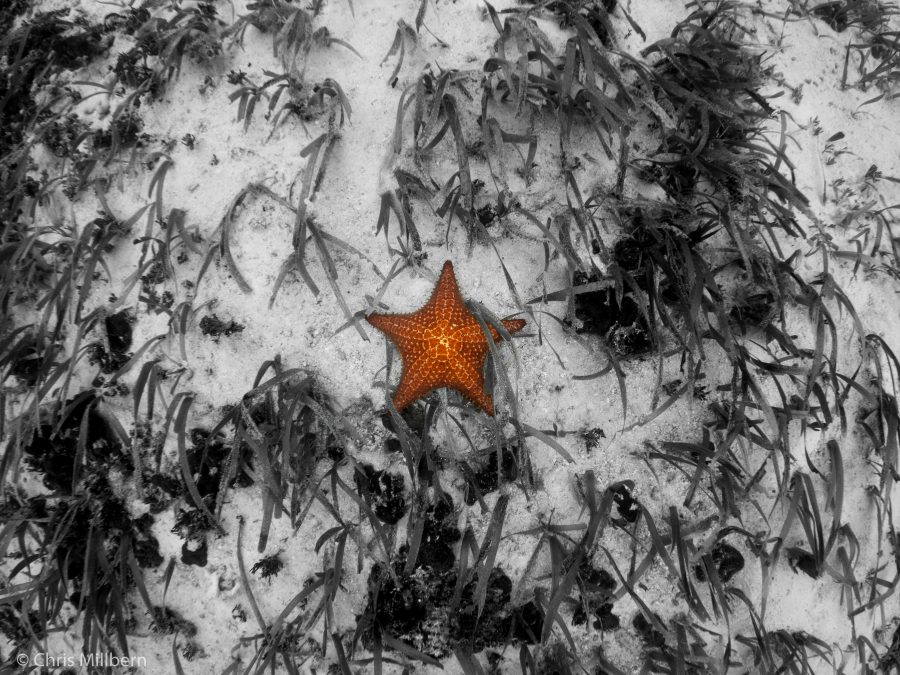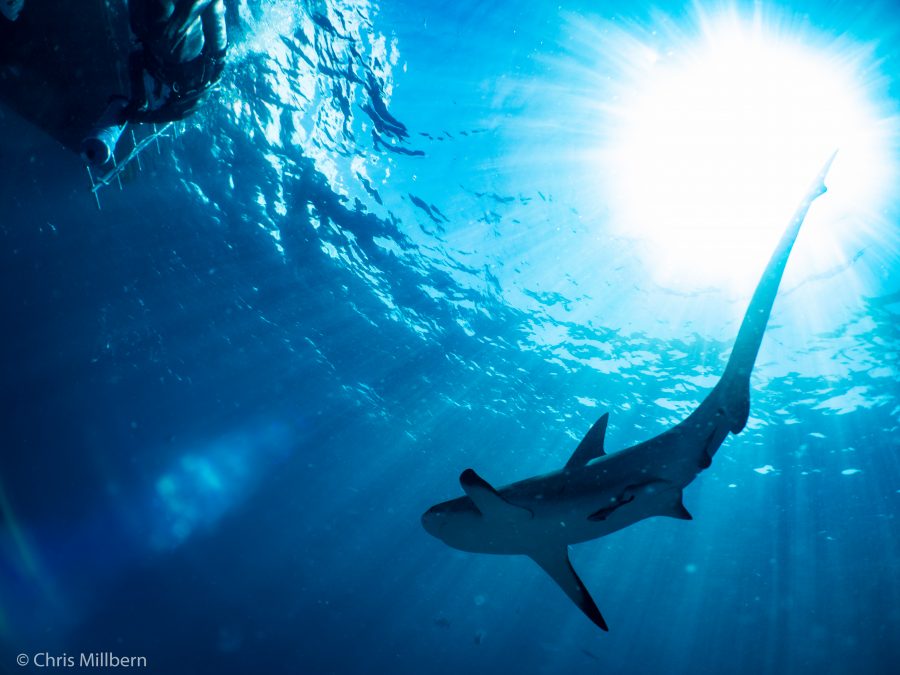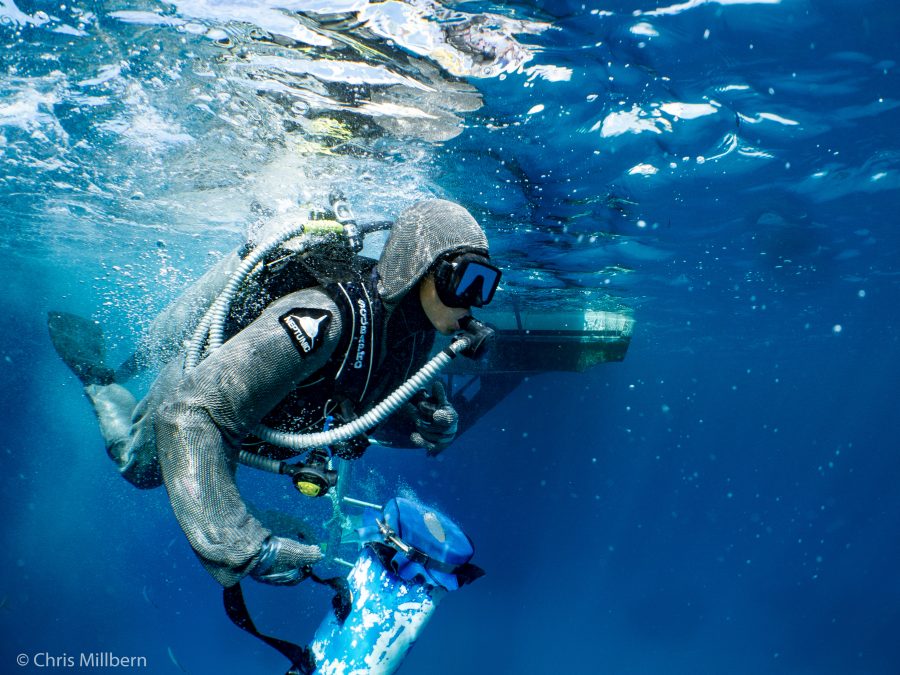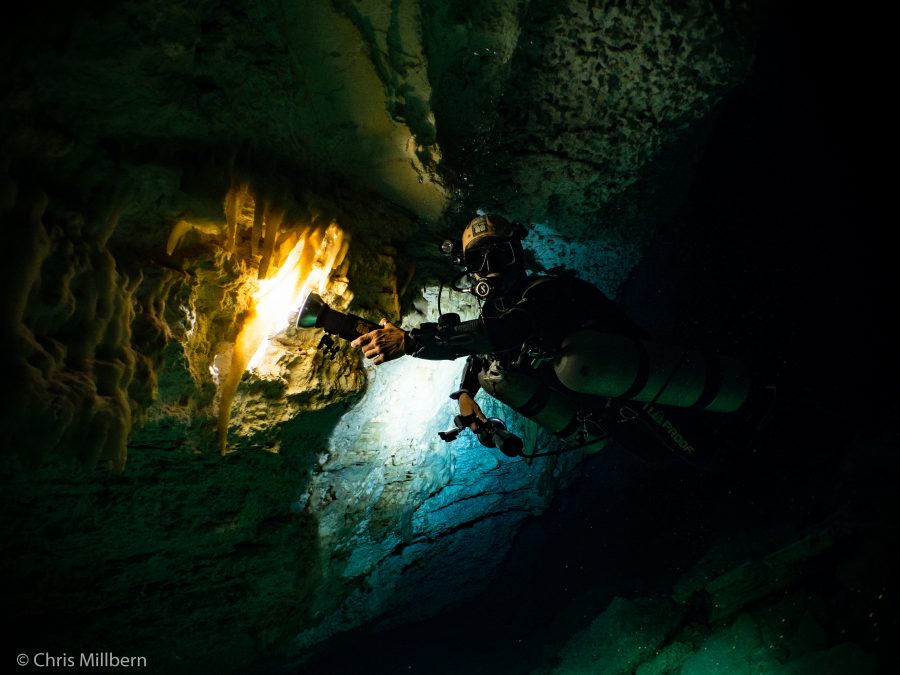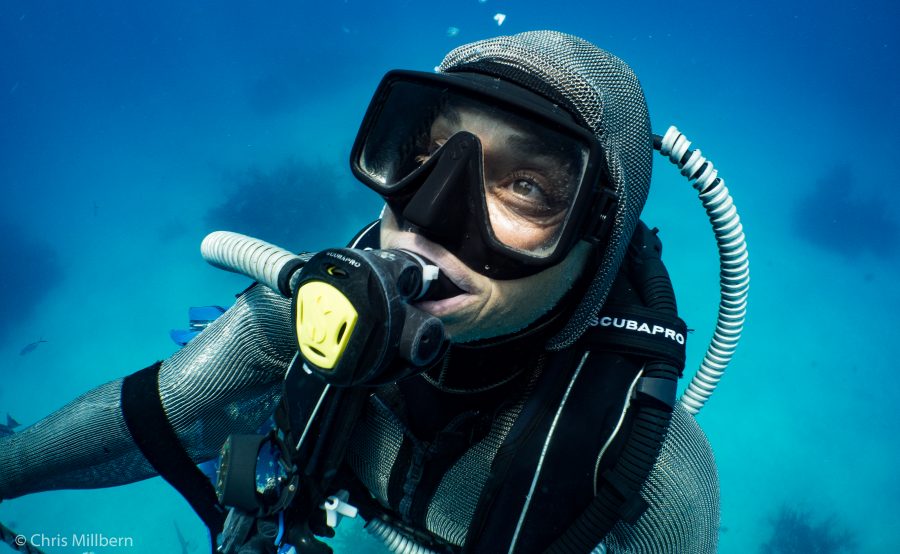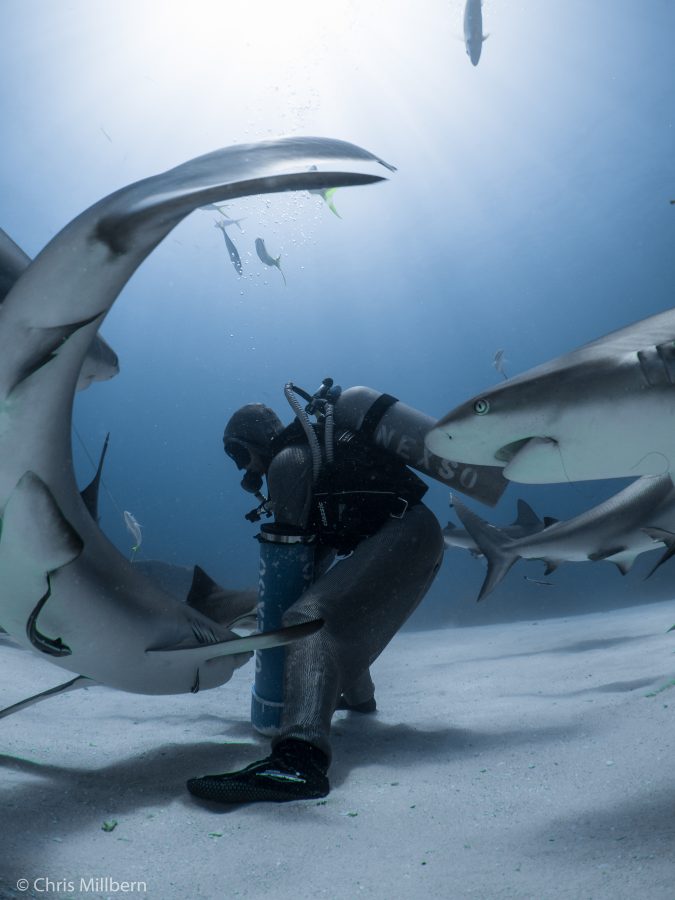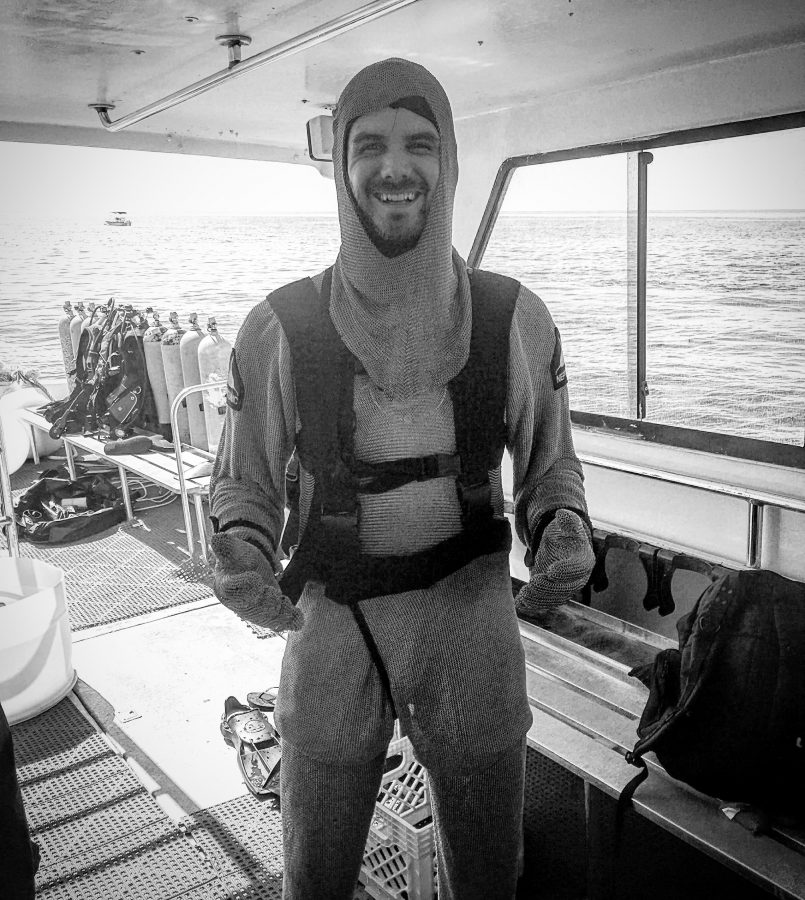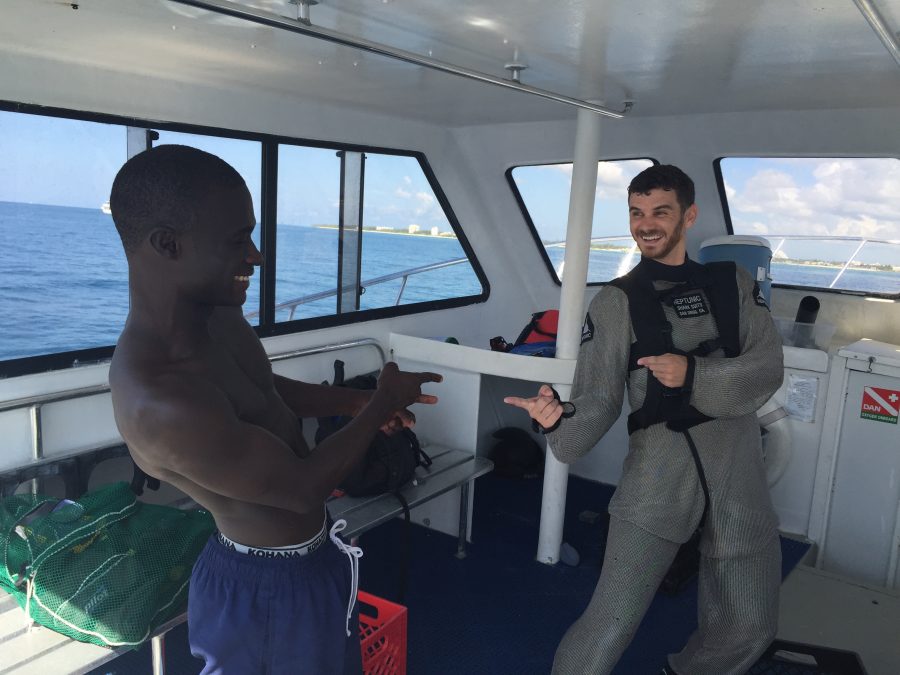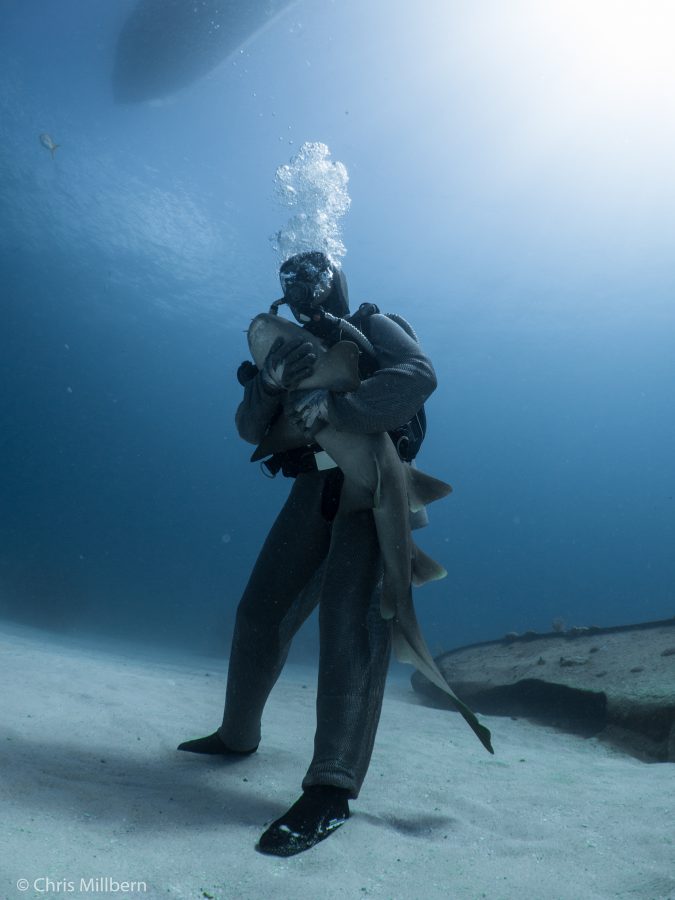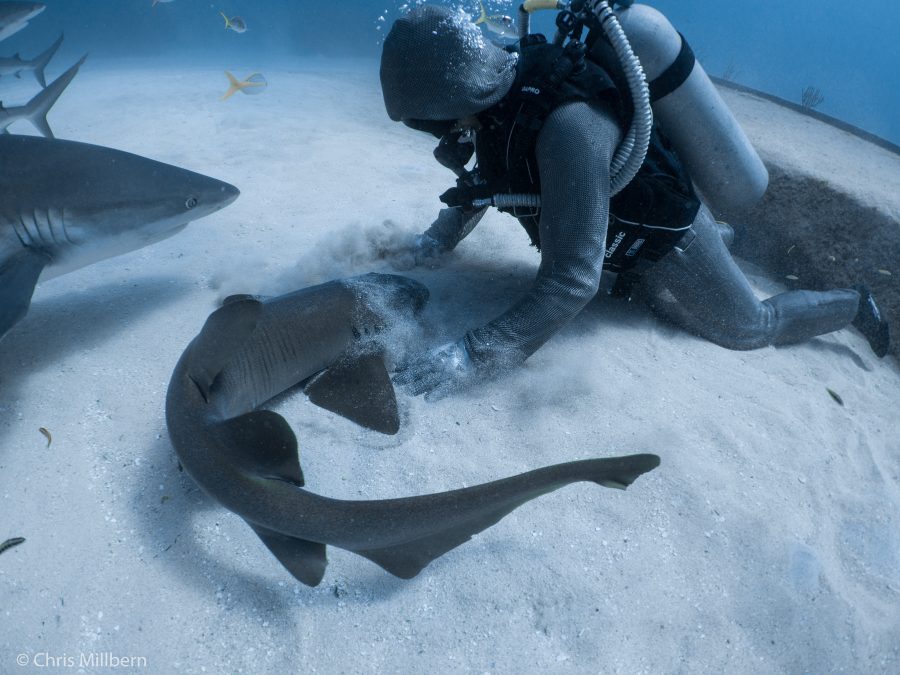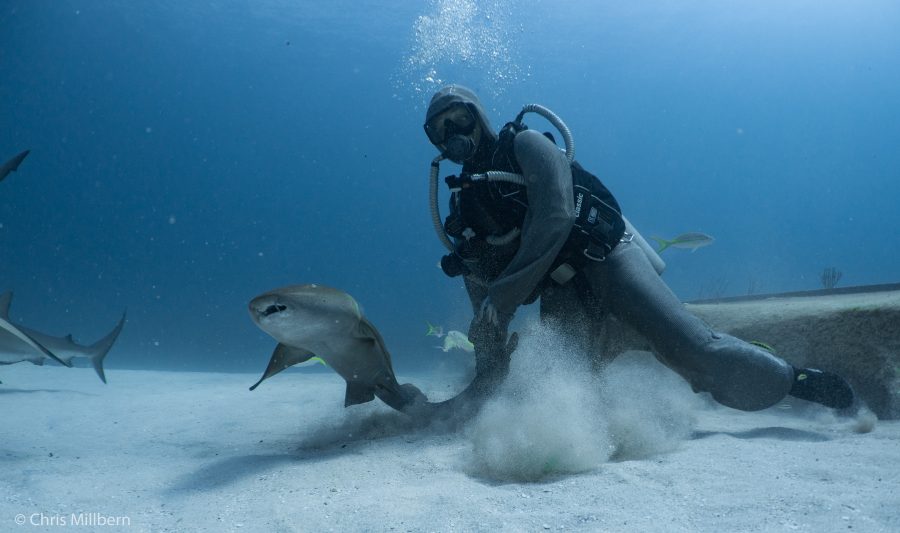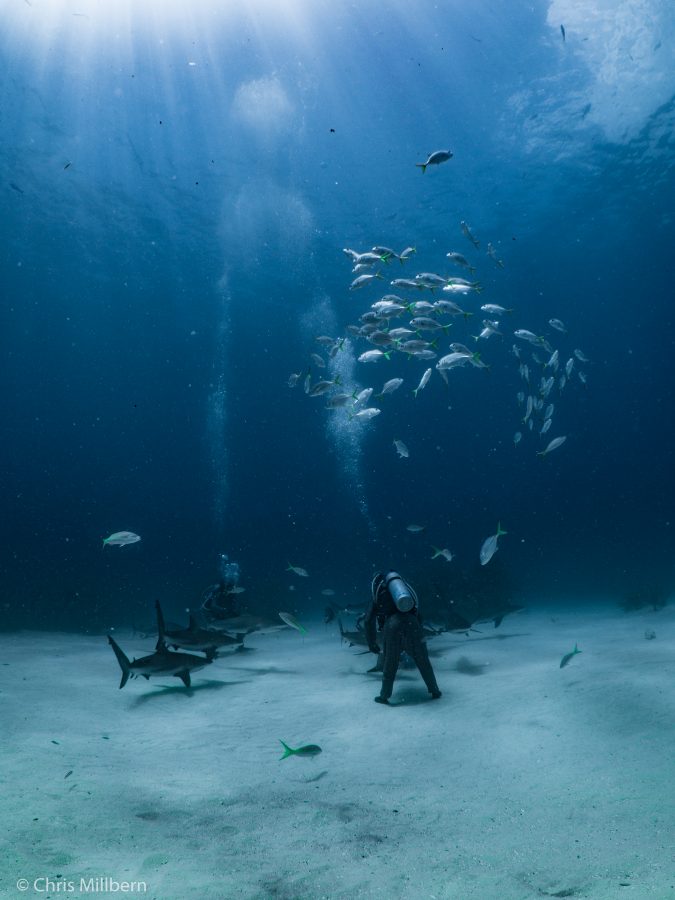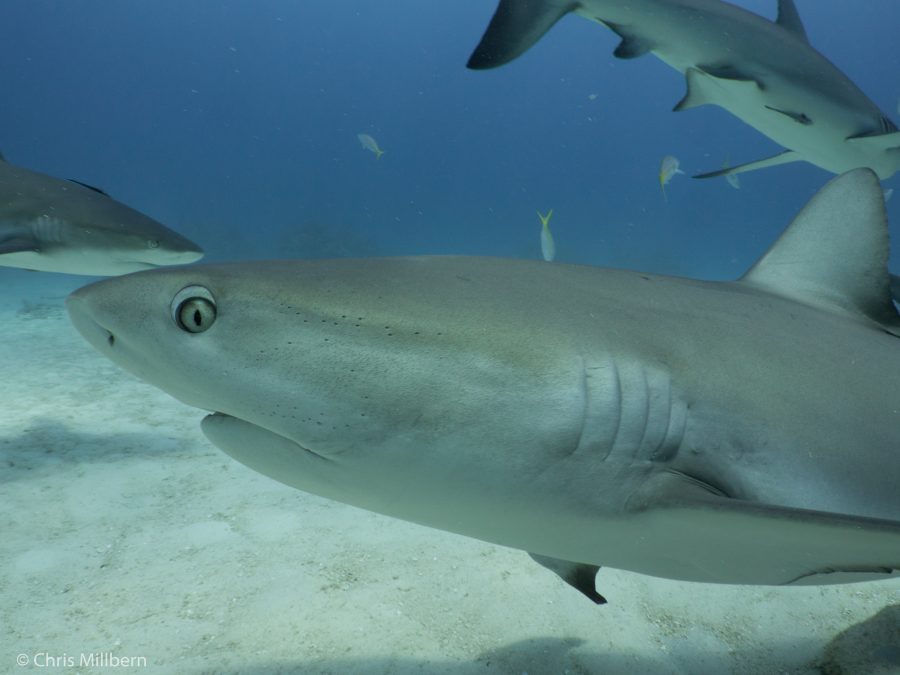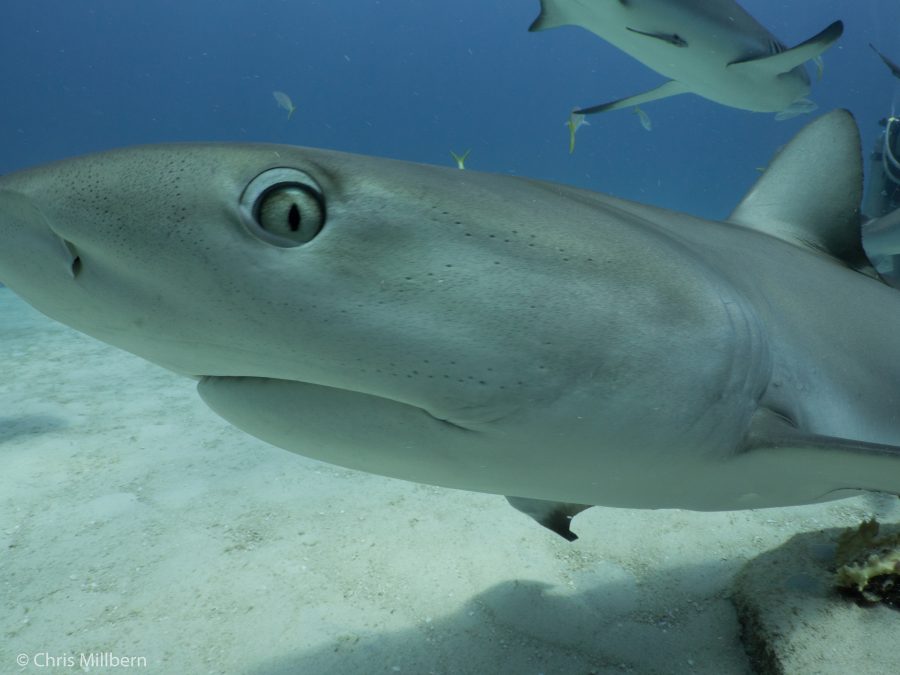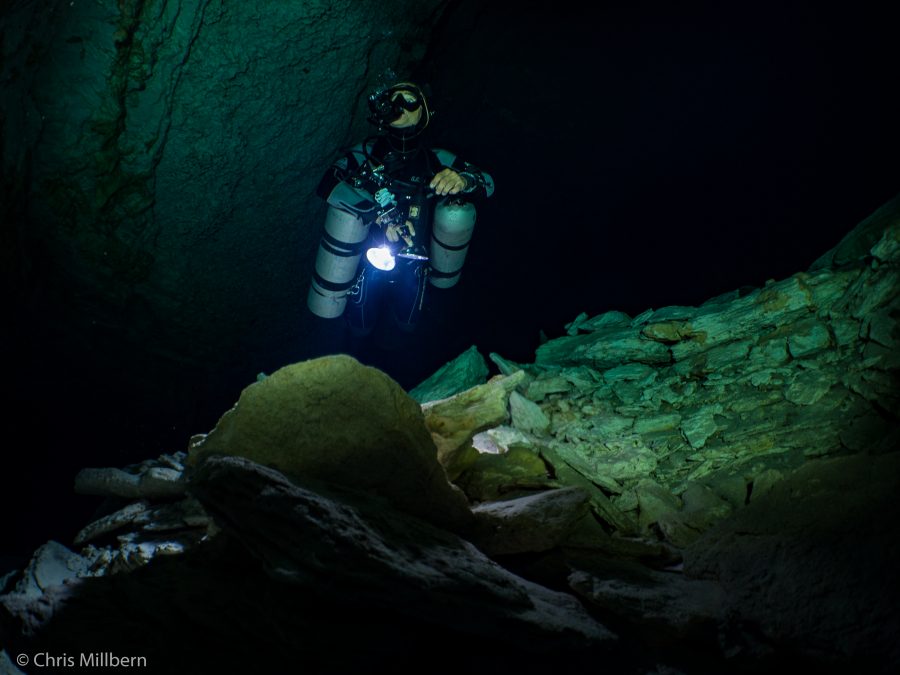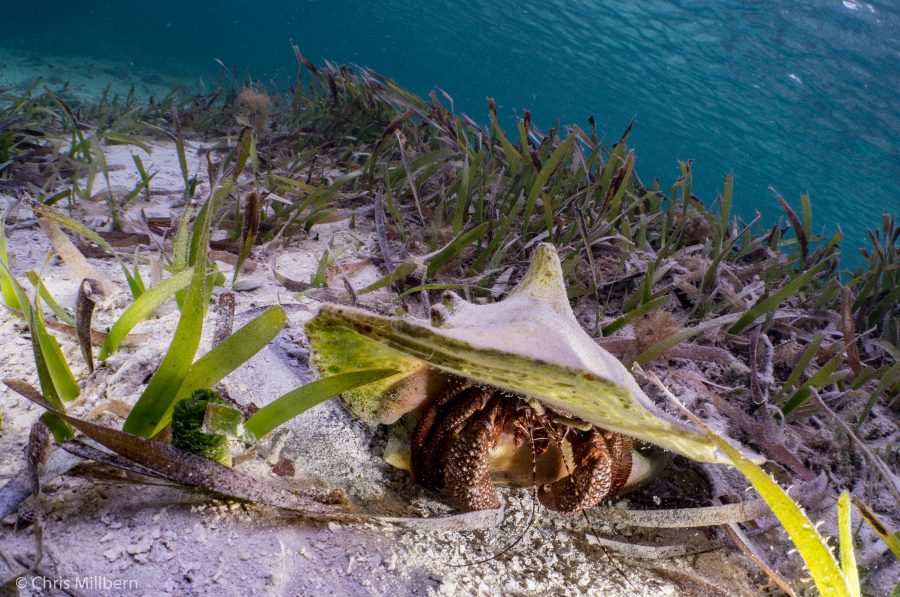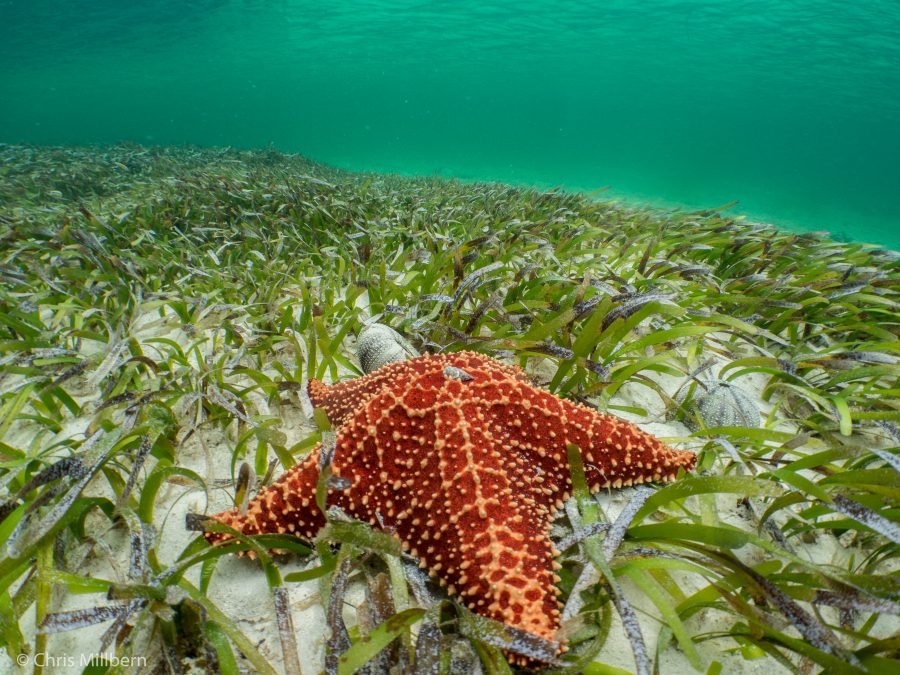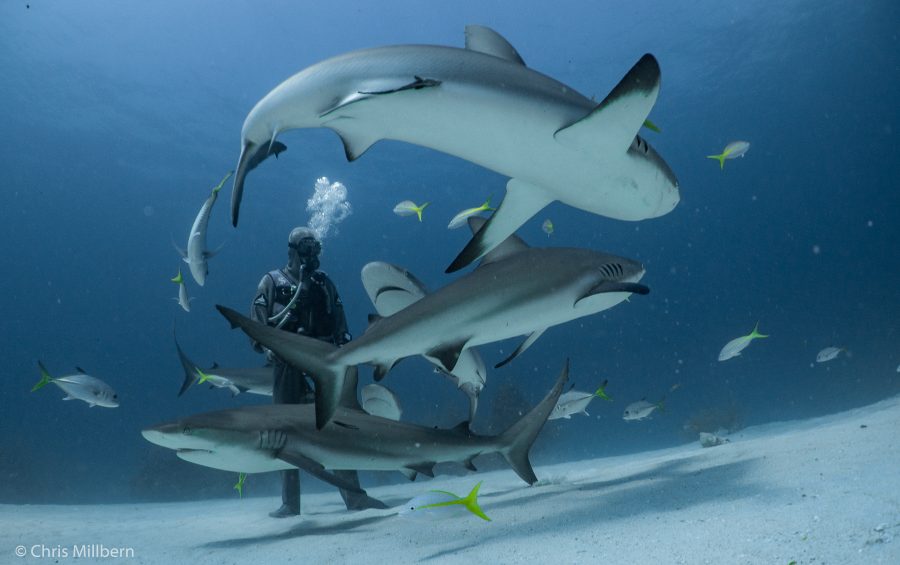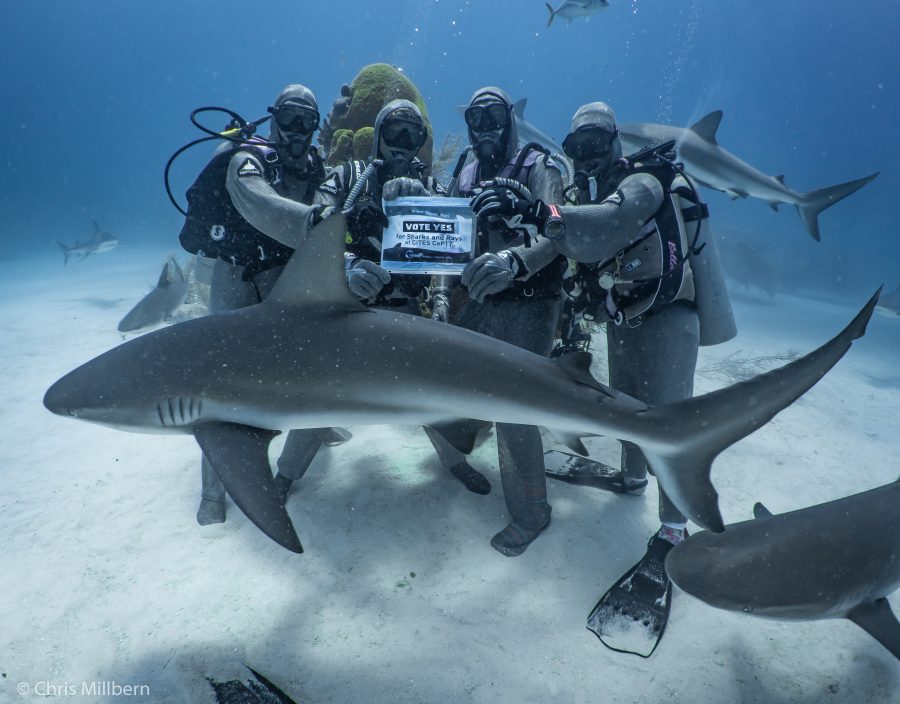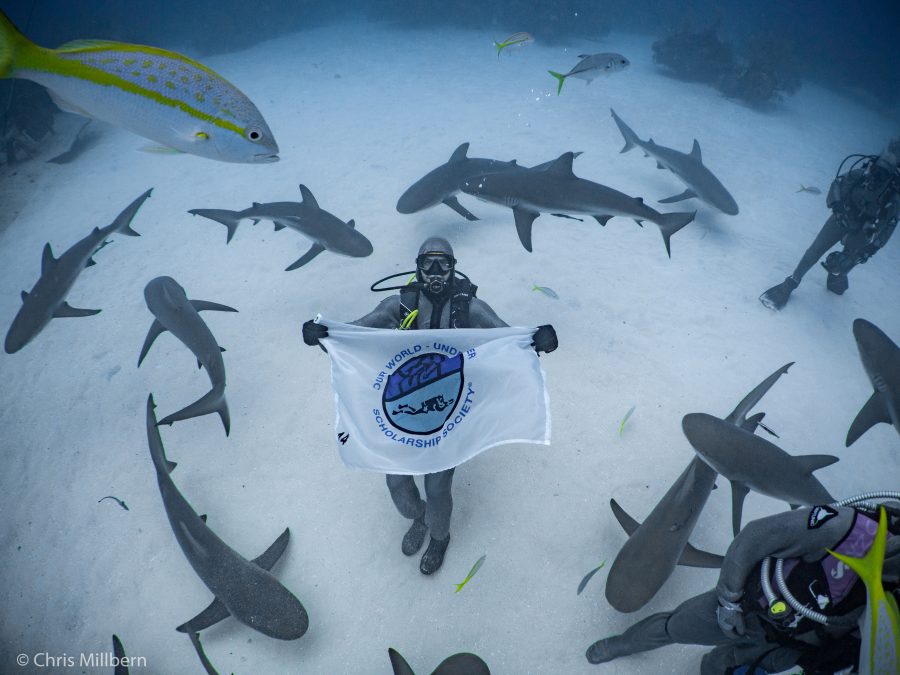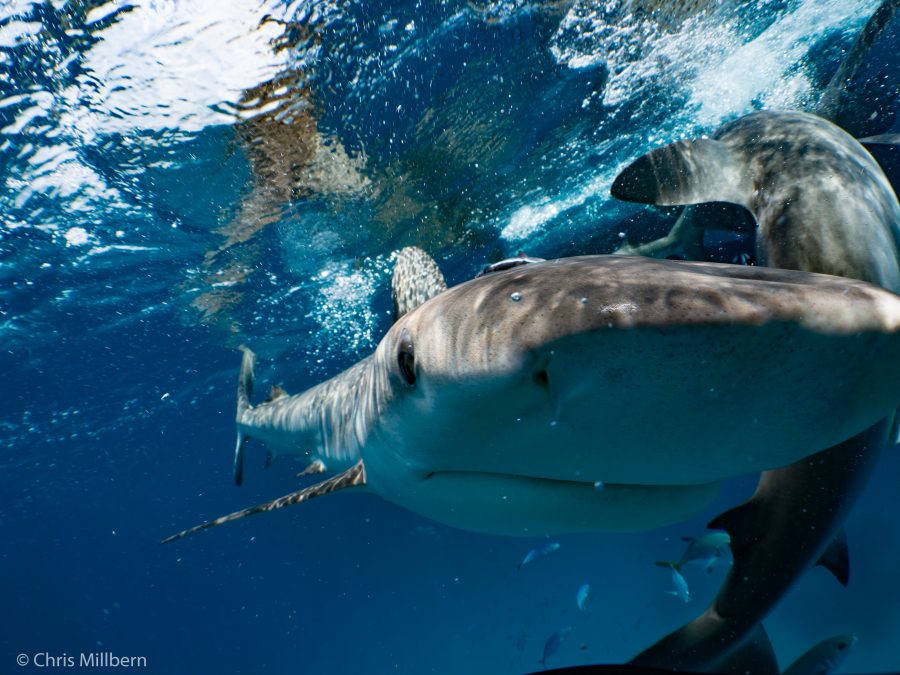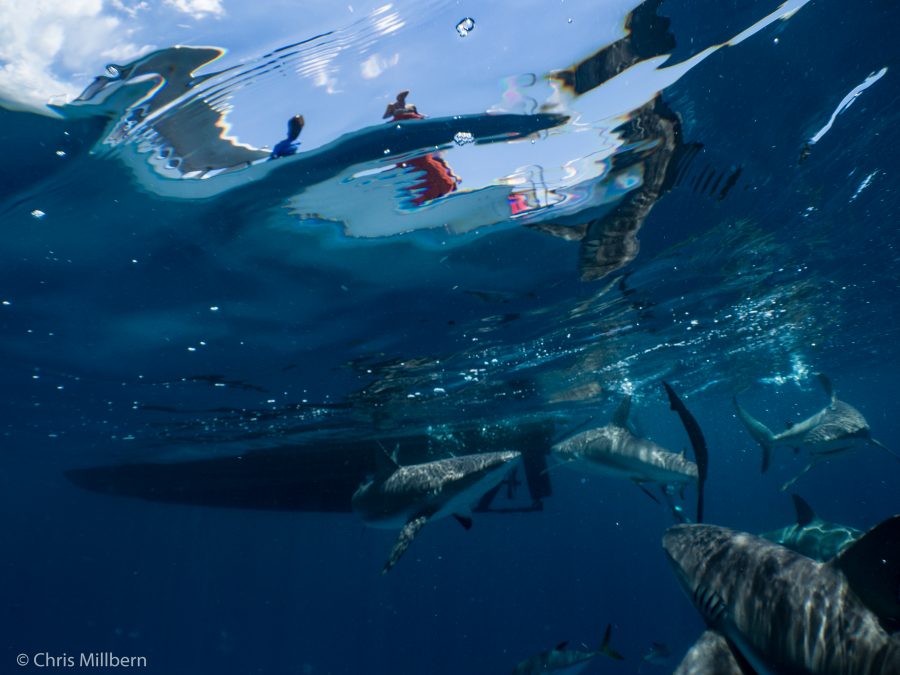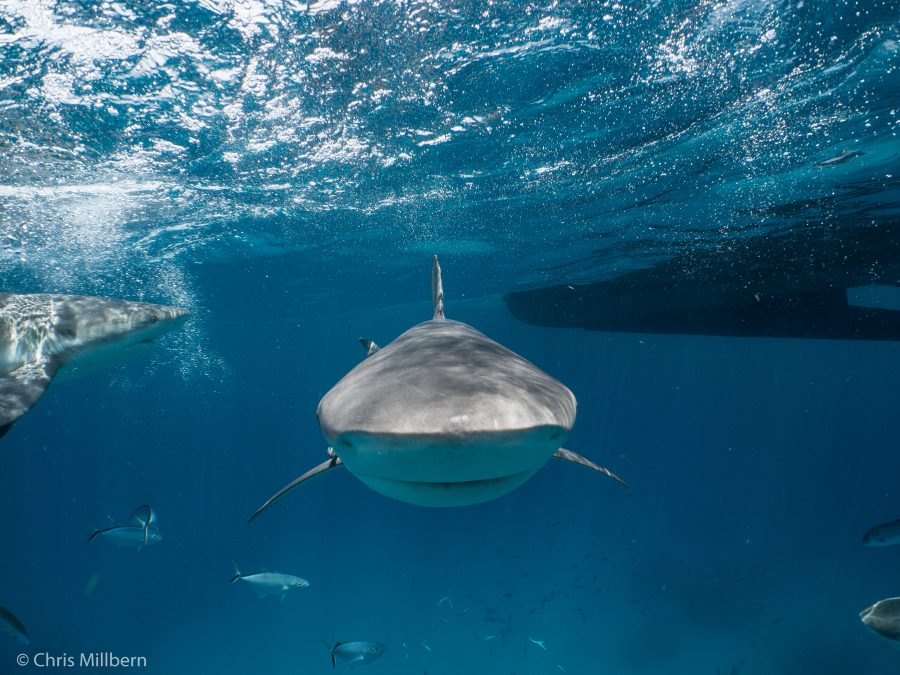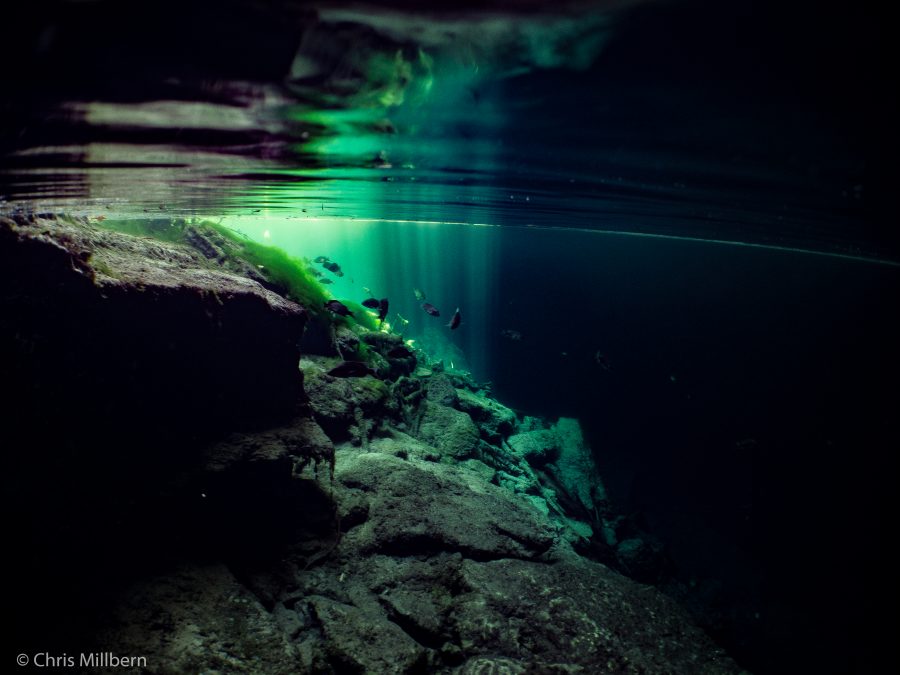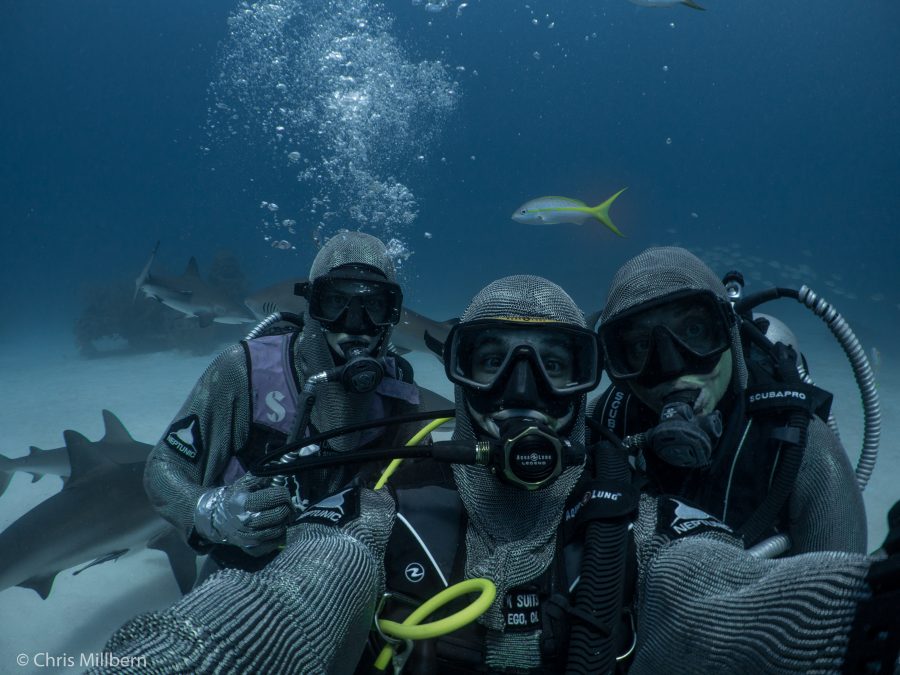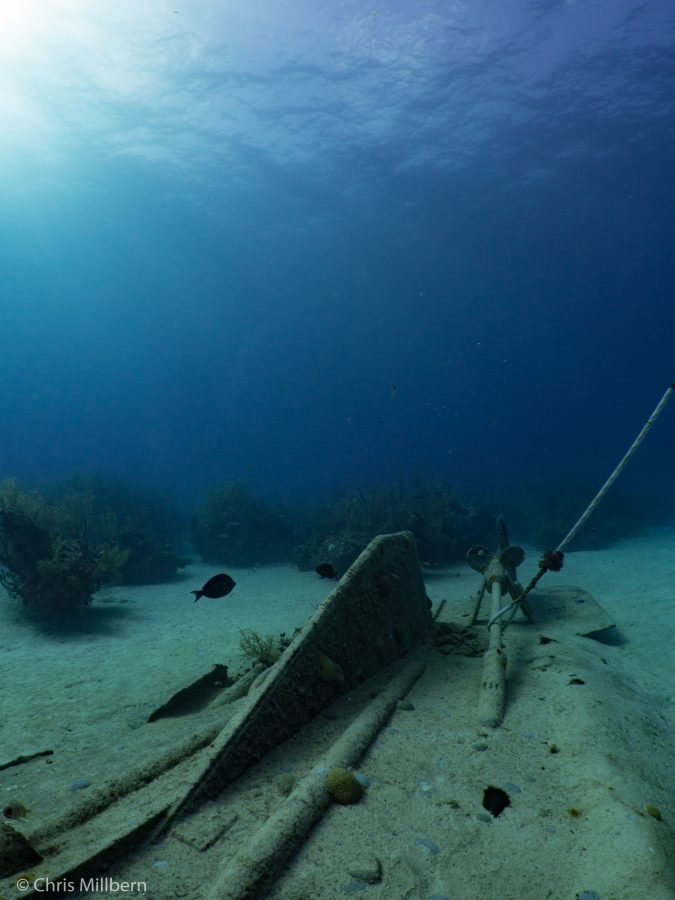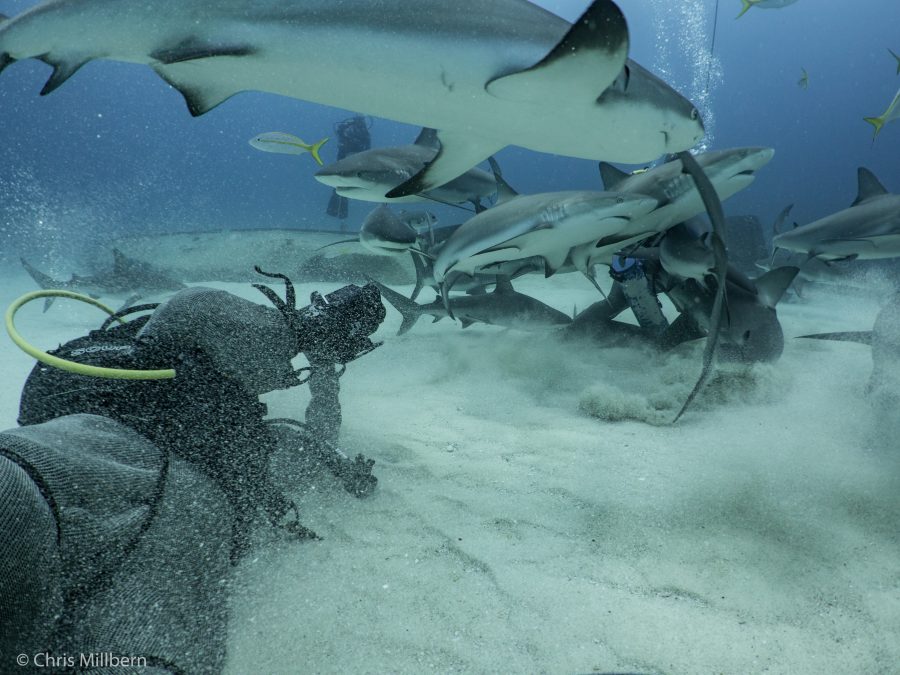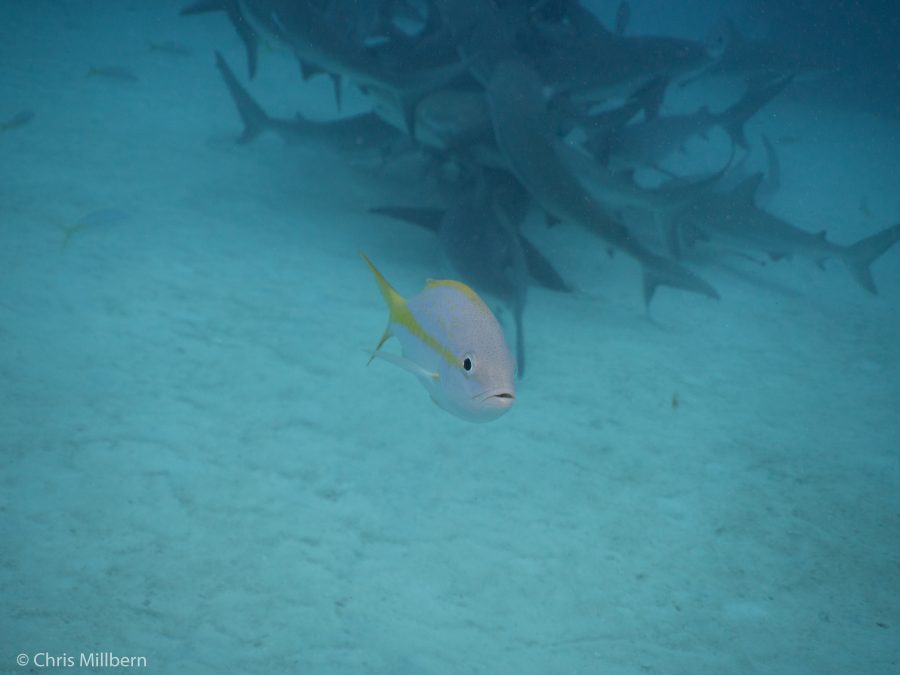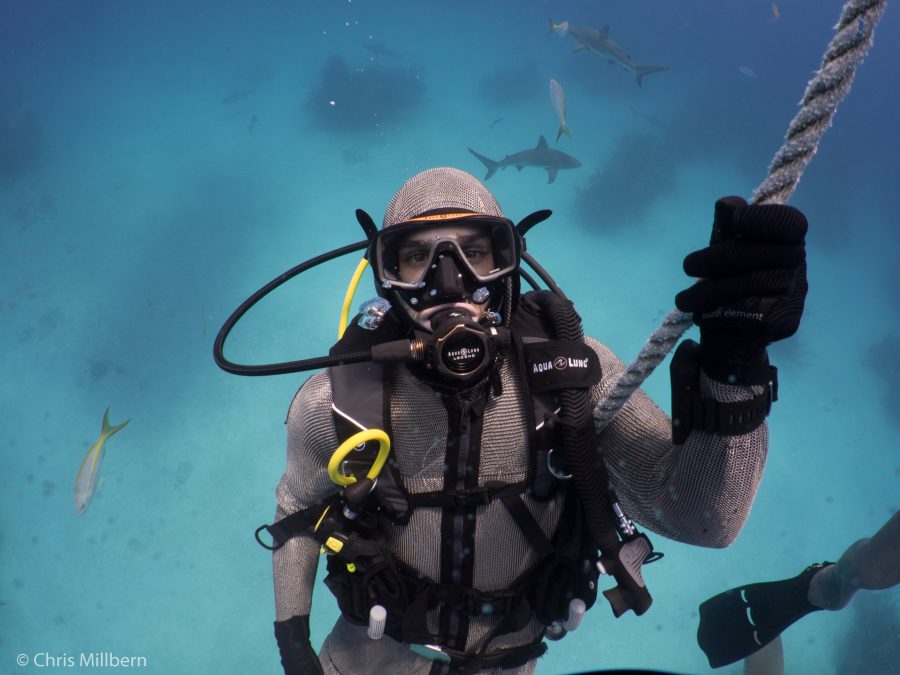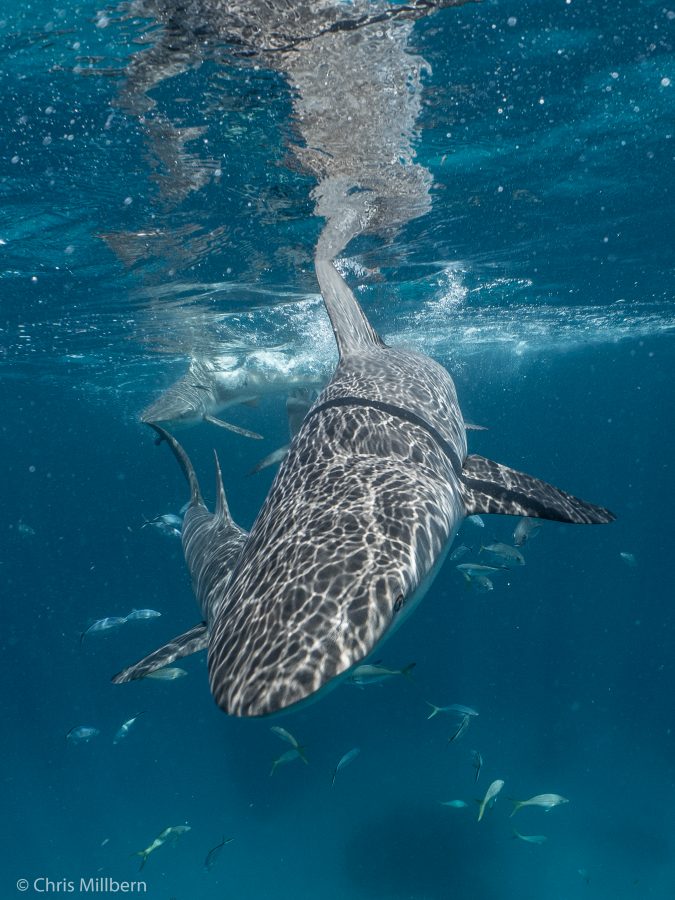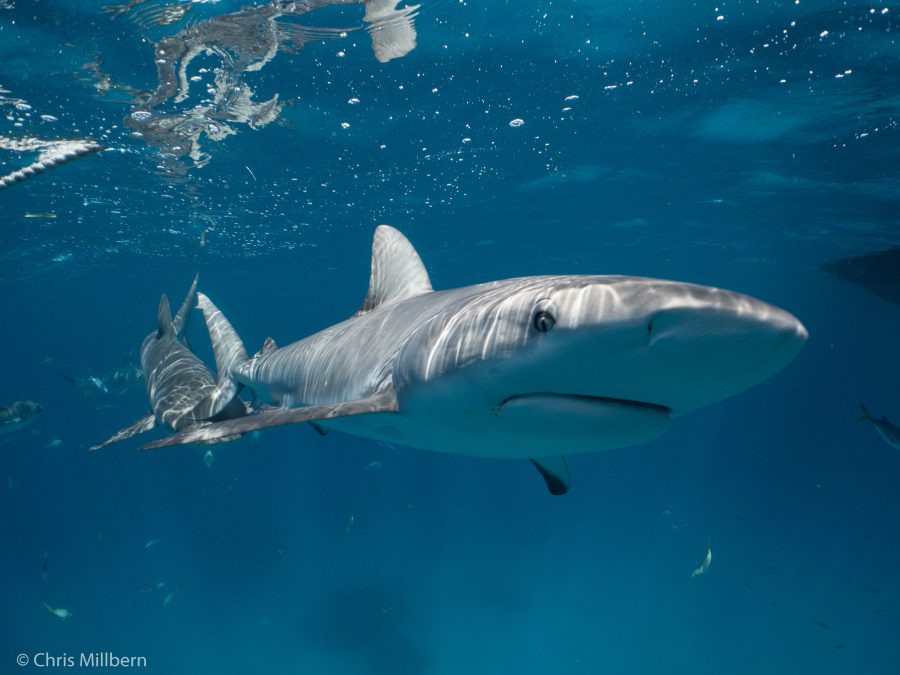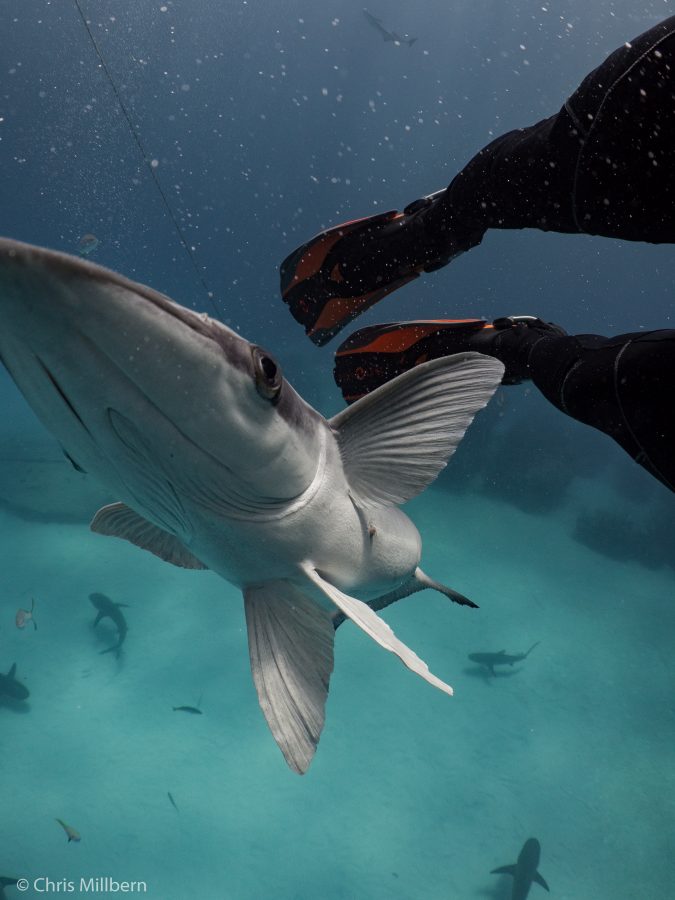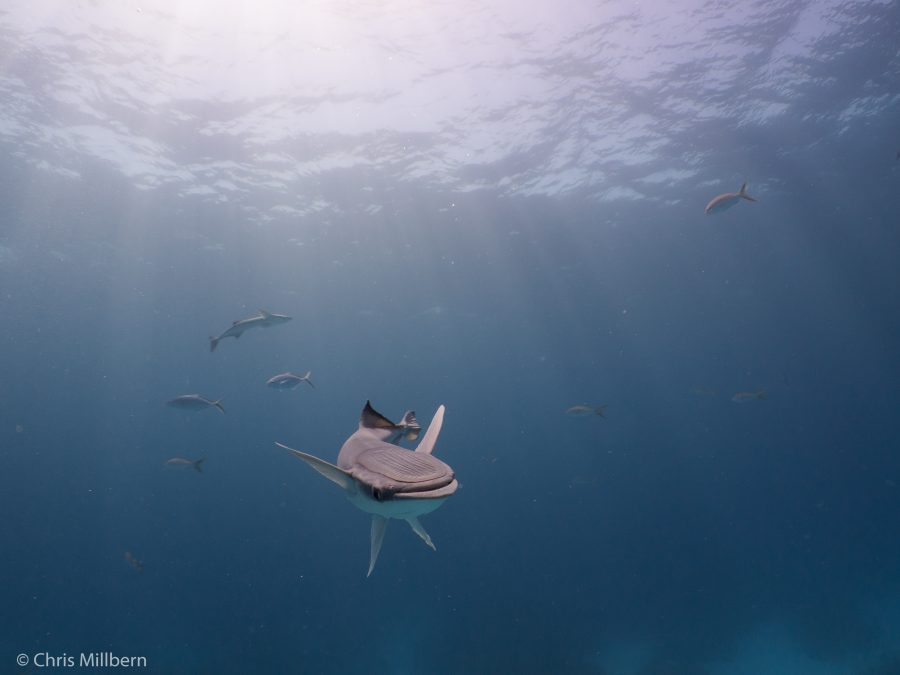Once upon a time, an old man went down to the shore for his daily walk.
On this particular beach, starfish littered the coast for miles in both directions. While strolling along he notices a young woman off in the distance.
The old man pauses to watch as every so often, she stops; bending down to pick up an object, giving it a look, and throwing it back into the sea.
The woman came closer and the man called out, “Good morning! May I ask what it is that you are doing?”
“Throwing starfish into the ocean! The tide has washed them up onto the beach and they can’t return to the sea by themselves,” she replied. “When the sun gets high, they will die, unless I throw them back into the water.”
The old man responded, “But there must be thousands of starfish on this beach! I’m afraid you won’t really be able to make much of a difference, what with there being so many.”
The young woman looked disheartened. After a few moments, she bent down and picked up another starfish- throwing it far into the ocean. She turned, smiled and said, “Well it made a difference to that one!”
-adapted from The Star Thrower, by Loren Eiseley (1907 – 1977)
In most cases, passion is considered a noun. It’s what makes certain things enjoyable and others a painstaking obsession. Passion is something we pursue, or a concept we hope our children find. At our luckiest it’s something we actually have.
In the case of Cristina Zenato, passion is a person.
Cristina has been a long-time supporter of the Our World-Underwater Scholarship Society®, and those familiar with past scholars know many of us have stopped at Cristina’s welcoming home on Grand Bahama island. For the past two weeks, I’ve been lucky enough to join those ranks learning how one person can wear so many hats- instructor, conservationist, performer, explorer, manager, and host. How does she find the time to do it all? Honestly- she’ll ask you the same question.


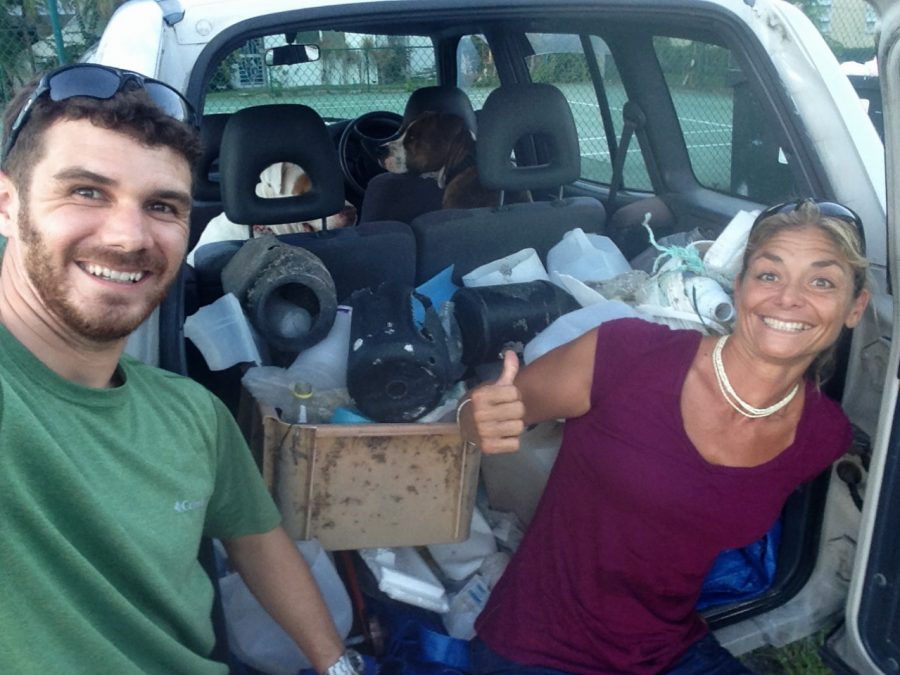
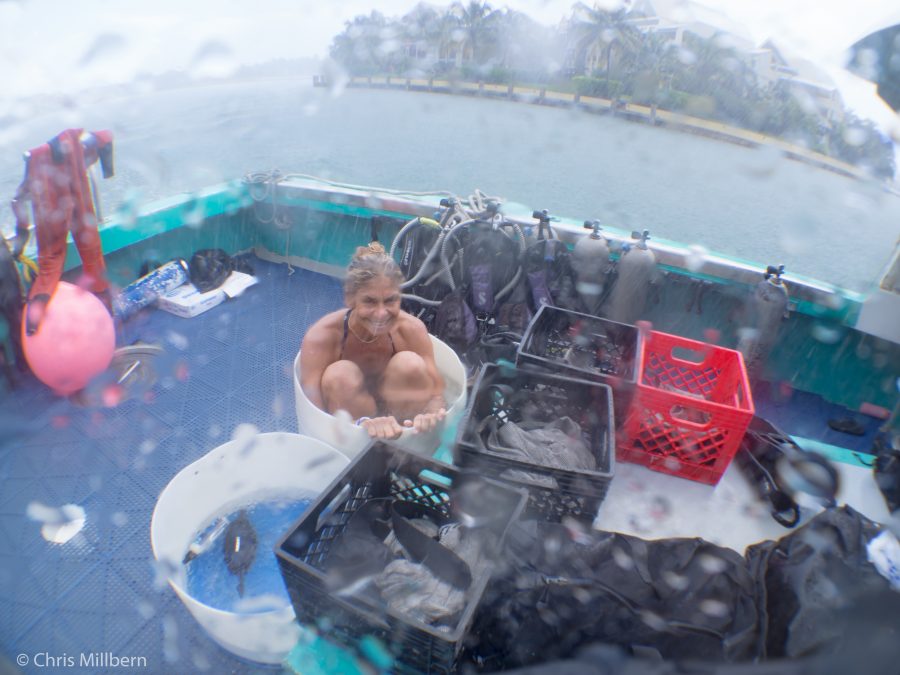
Now, dedication is a spectrum- I myself am dedicated to cinnamon rolls and finding the cheapest tent at a garage sale. Cristina, on the other hand, is feeding-sharks-underwater-for-26-years dedicated. And when you’re sharing that level of dedication, the hard work starts right away. Morning one was spent learning all about sharks: their anatomy, evolution, conservation, and behavior. Did you know that some sharks use what’s called ‘buccal pumping’, in which muscles in the pharynx pump water over the gills at rest, allowing certain sharks to stay still in the water column? Go ahead, I’ll wait for you to call up that friend who’s positive that absolutely all sharks have to keep moving or else they die. They deserve to have their mind blown too.
We then practiced the motions for feeding, talked species identification, and of course the ‘#1 rule’- don’t get bit.

That afternoon, it was time to jump in the water! For us, it was about observation of what we’d soon be doing; for tourists looking for a close-up of sharks, UNEXSO (the adventure company Cristina is based out of) runs an excellent diving opportunity placing you opposite an intimidating yet awe-inspiring spectacle.
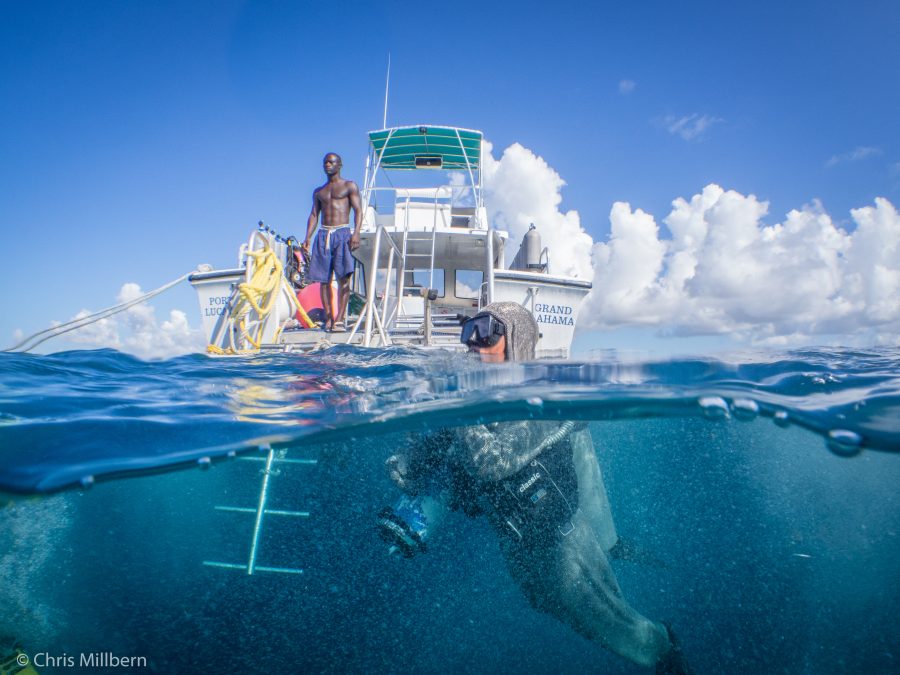
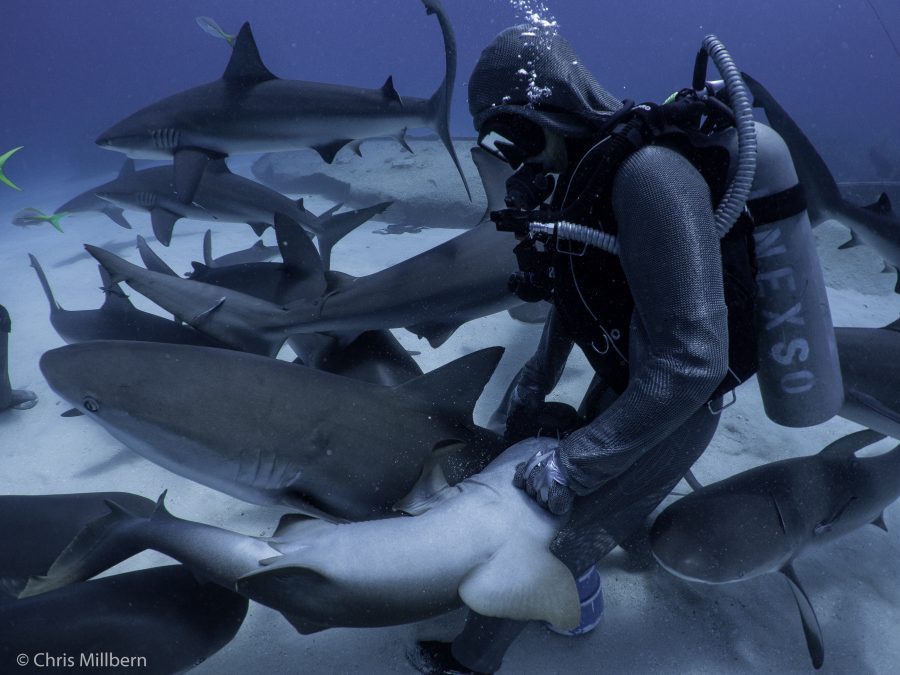
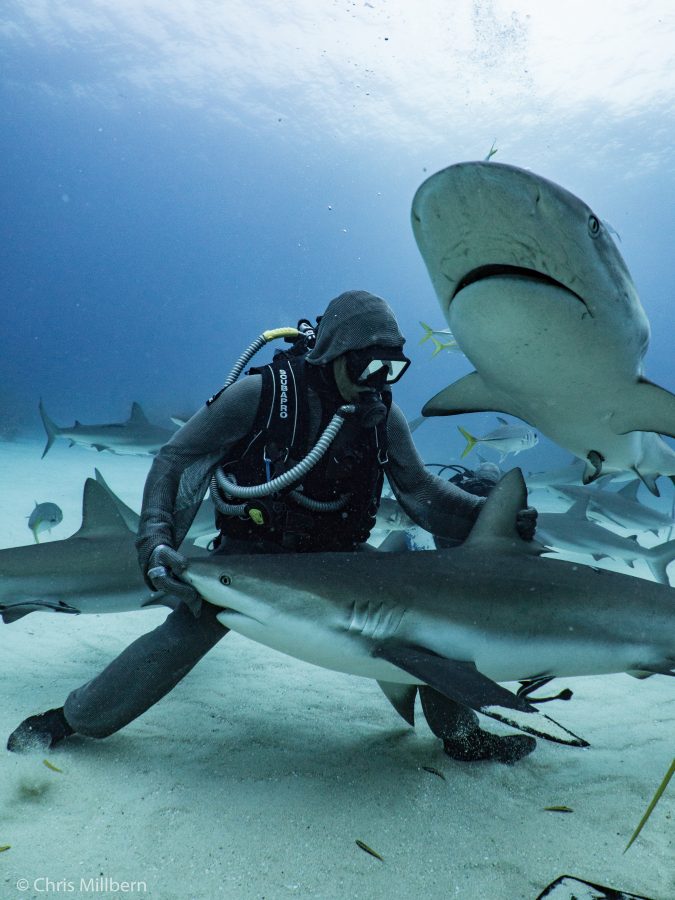
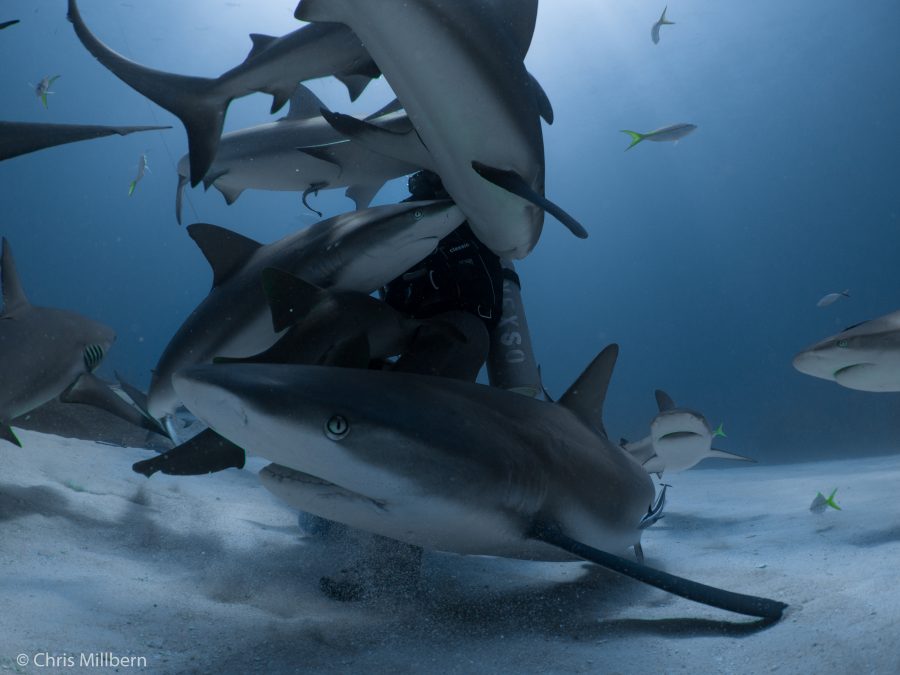
The next few days were a whirlwind (sometimes literally) of sharks: preparing, learning, feeding, and photography were in constant rotation. Sindre, another student all the way from Norway (and University of Hawaii), and I carefully practiced the proper feeding methods that ensure the safety of both sharks and divers.
First, we had to get on our suits:

Cristina teaches that one must be purposeful but calm; hesitation can lead to sharks confusing a hand for food, or a stray Jack snatching the fish before a shark can find it. Likewise, fear leads to jerky and aggressive motions that can upset or excite the otherwise relaxed predators. I found it a real challenge to not tense up in anticipation of getting things just perfect, but Cristina helped me find the flow of the sharks as if we were in a dance- no fear, no stress, just me and the sharks.
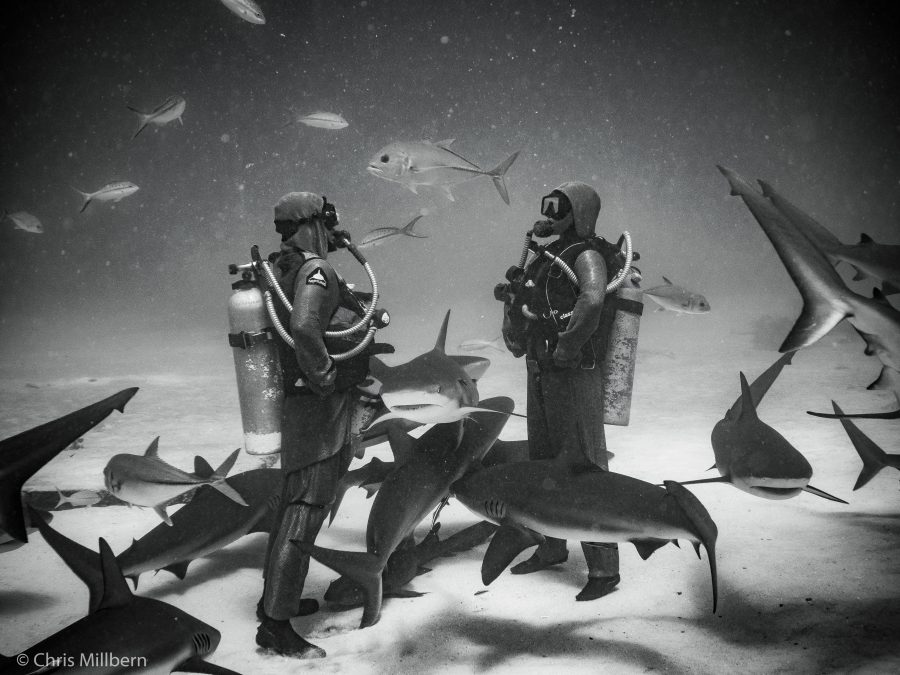
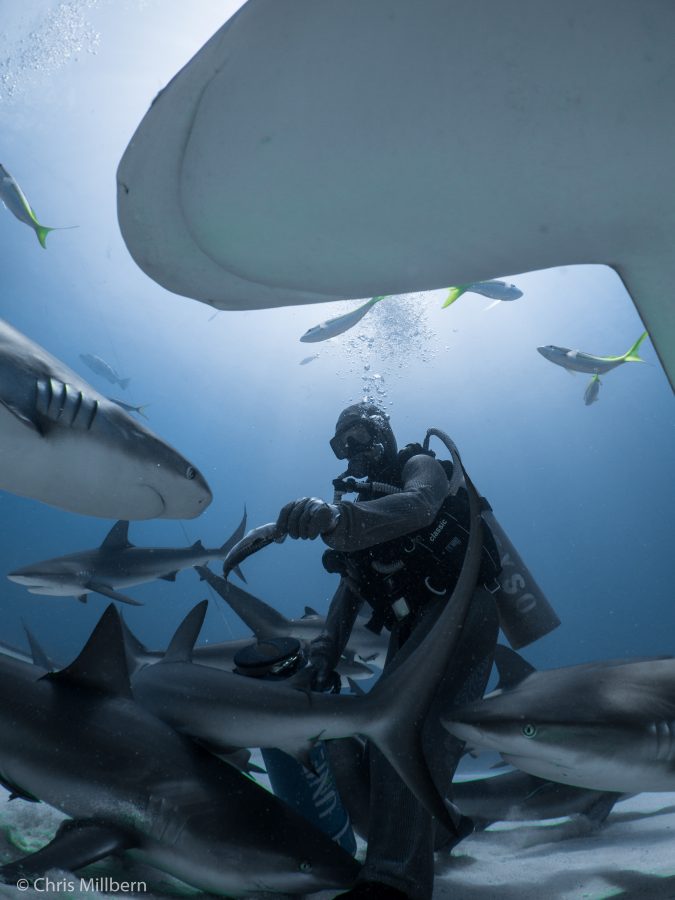
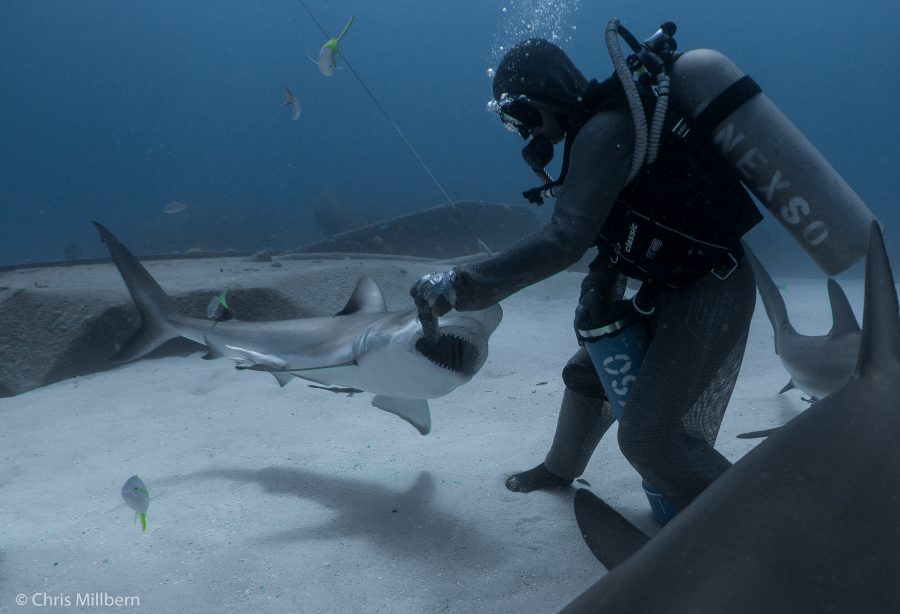
Other lessons included how to avoid the resident friendly nurse shark, ‘Annoying’. As you might be able to guess, Annoying had a…slightly annoying demeanor. She had figured out where the food was stored, and made no secret of that fact. Thus began the hilarious struggle to make Annoying wait her turn, despite her best efforts.
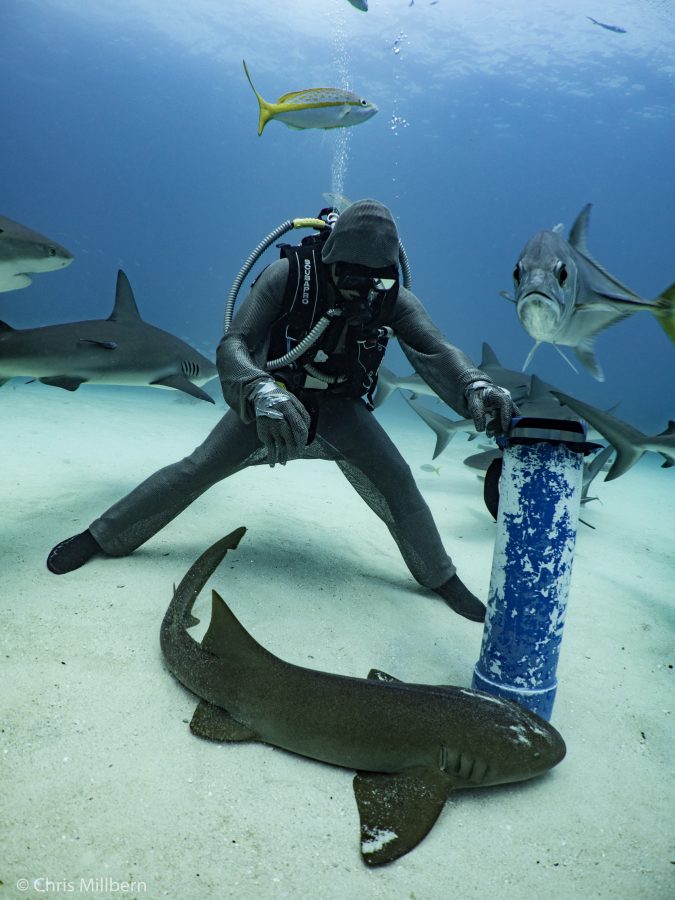
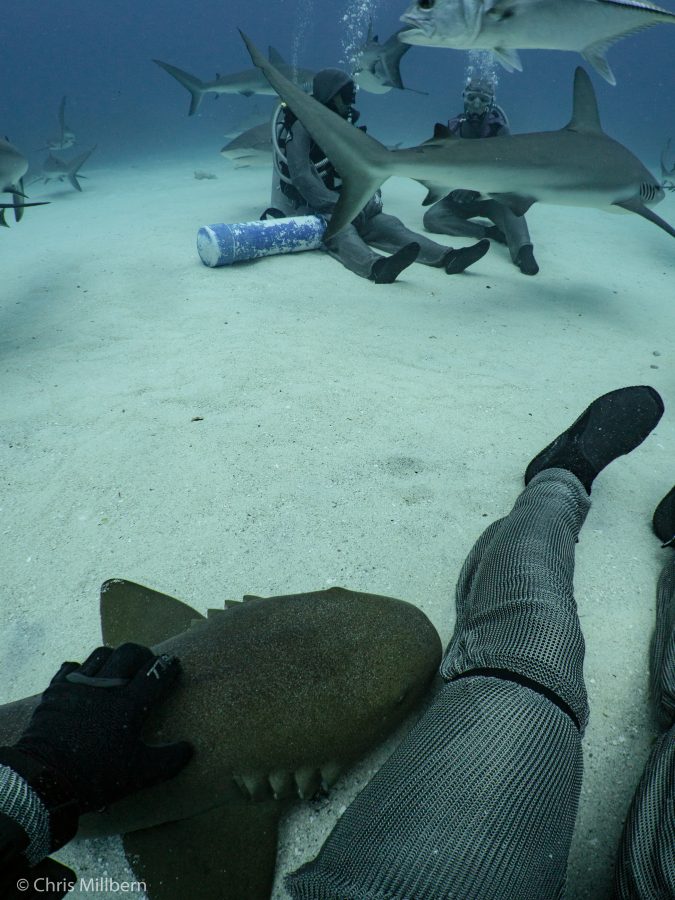
Annoying had a habit of interrupting any productive lesson, and sometimes we would try to keep her away from the action. ‘Try’ being the operative word.
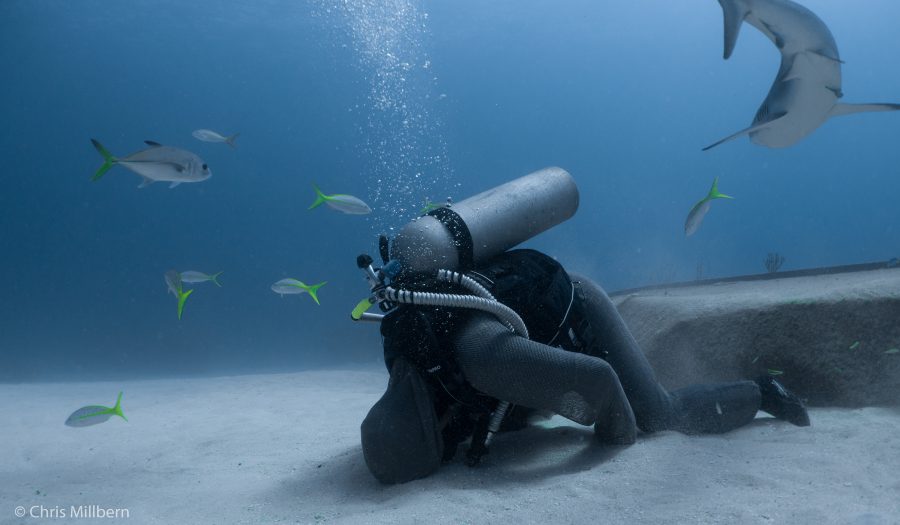
Now it’s hard to describe what walking on the ocean floor wearing a chainmail suit is like.
But it’s even harder to describe what doing it engulfed by sharks is like. A relaxing adrenaline rush? A beautiful swirl of teeth? It was a strange discord existing between the hypnotic sights and the reality of breathing underwater next to animals you’d been taught to fear since childhood.
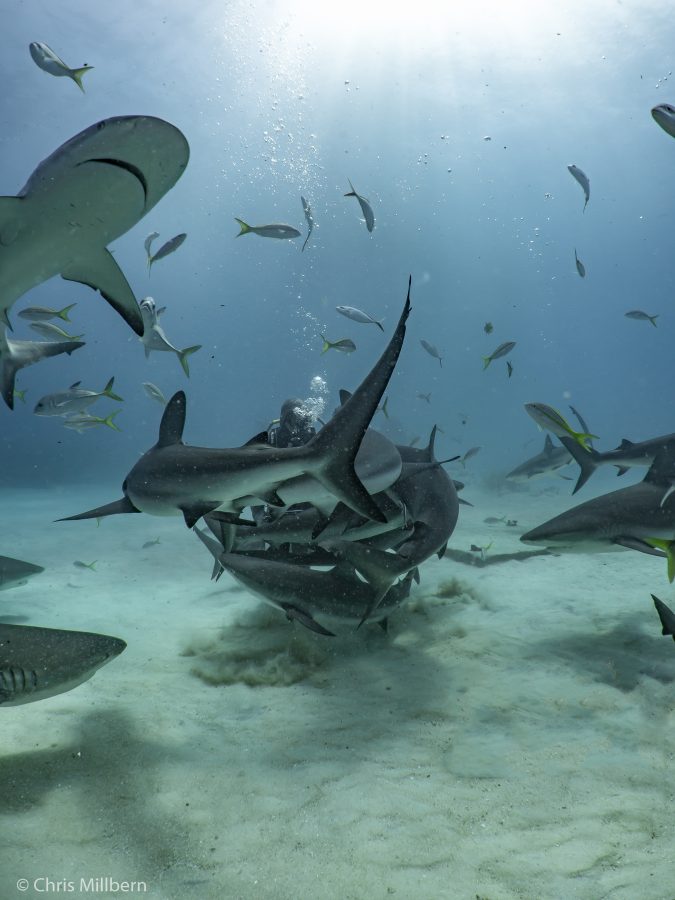
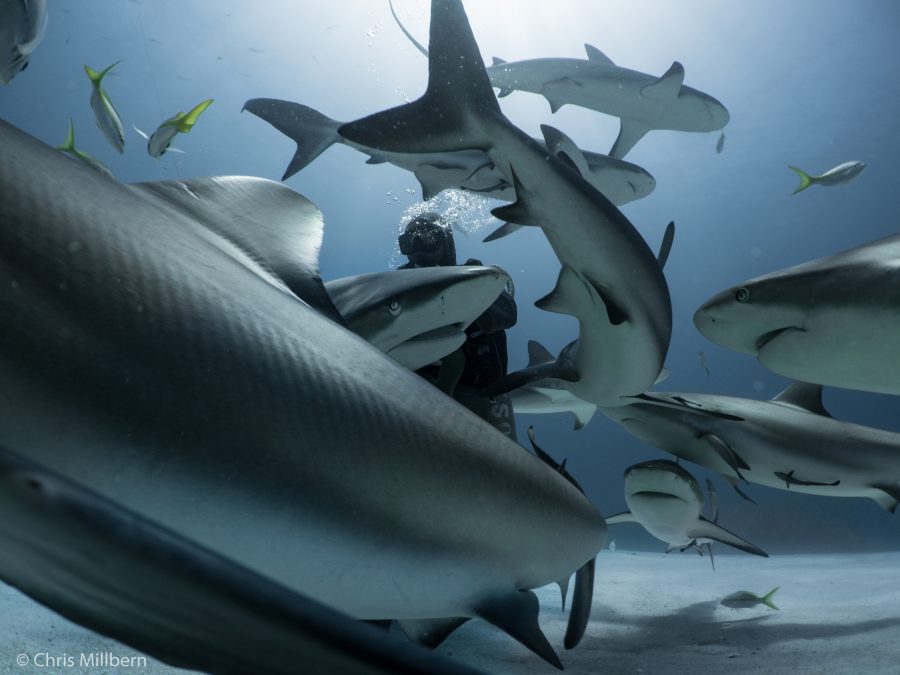
Sometimes, the sharks get extra-curious. And when they’re curious, they bump.
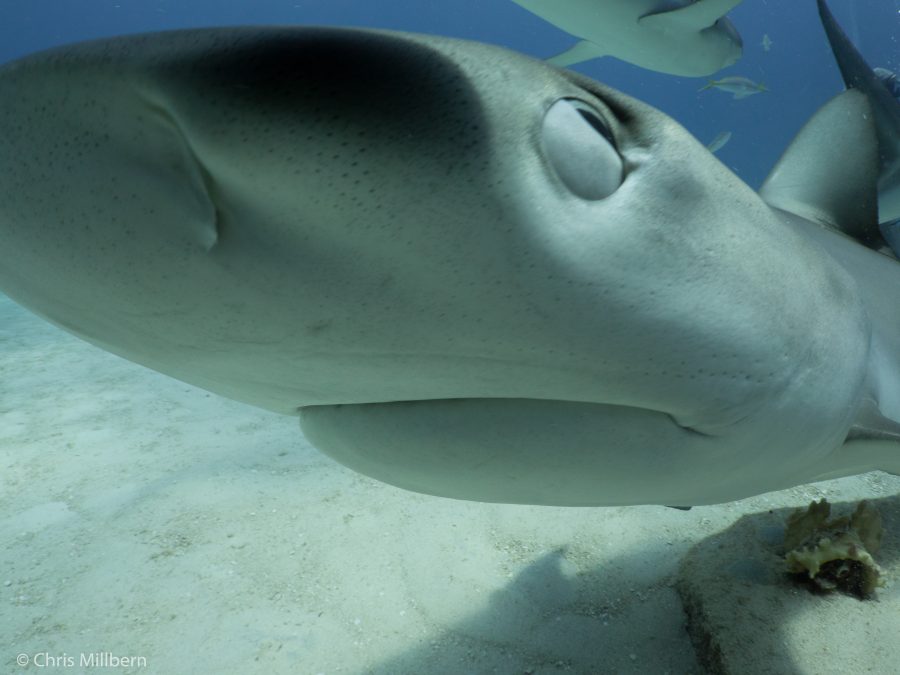
Now shark diving isn’t the only thing you can do in the Bahamas. And Cristina was kind enough to introduce me to something I never knew I’d fall in love with: diving below ground. Yup- we hit the caverns too!
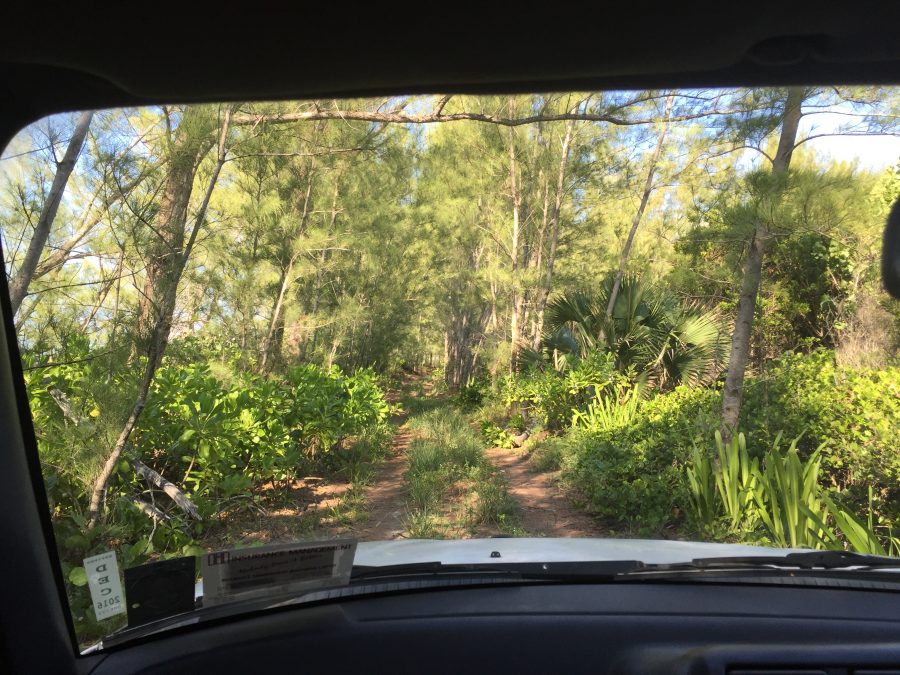
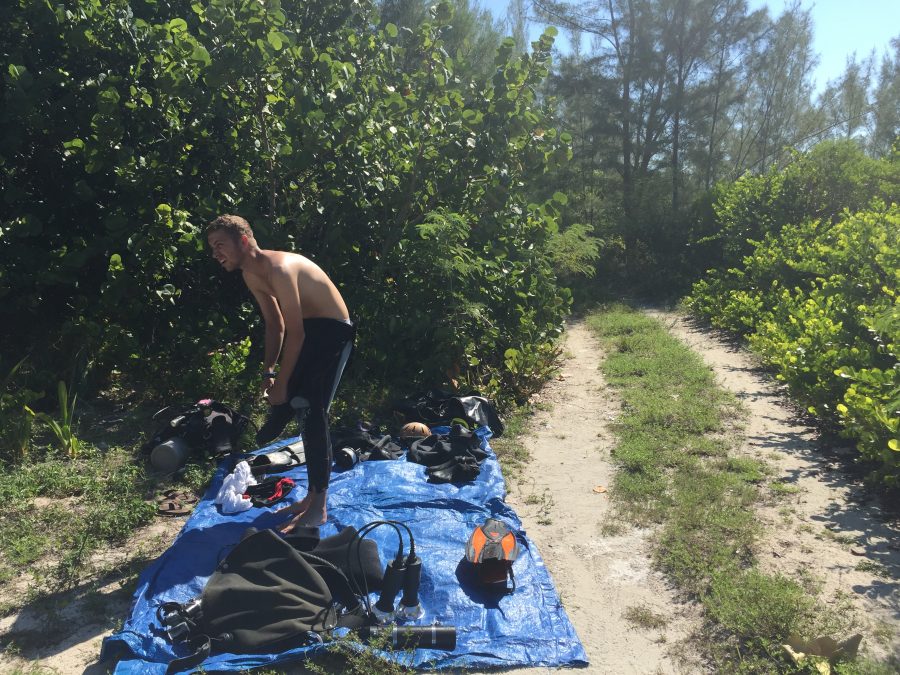
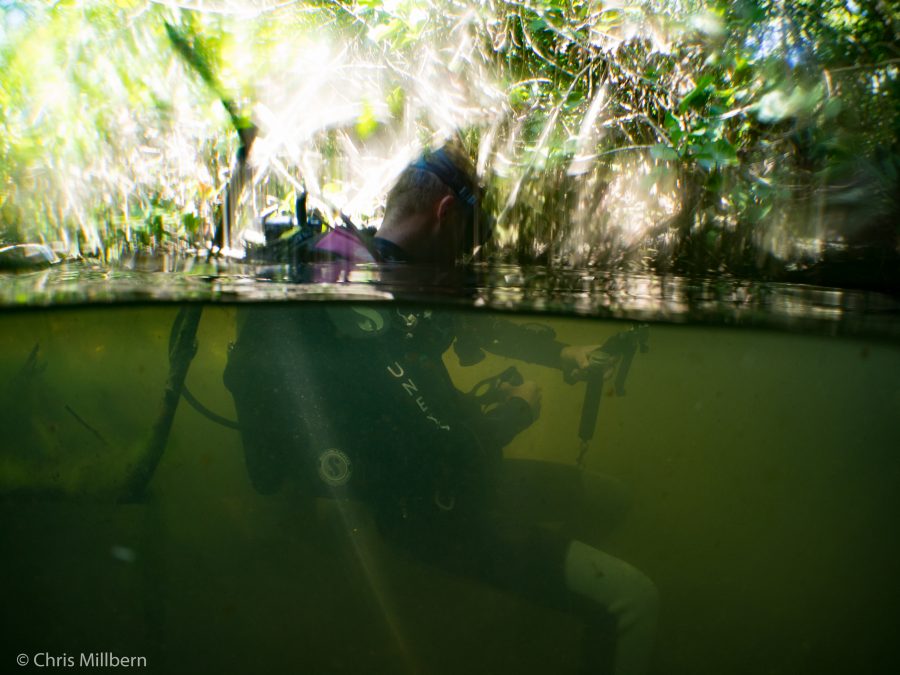

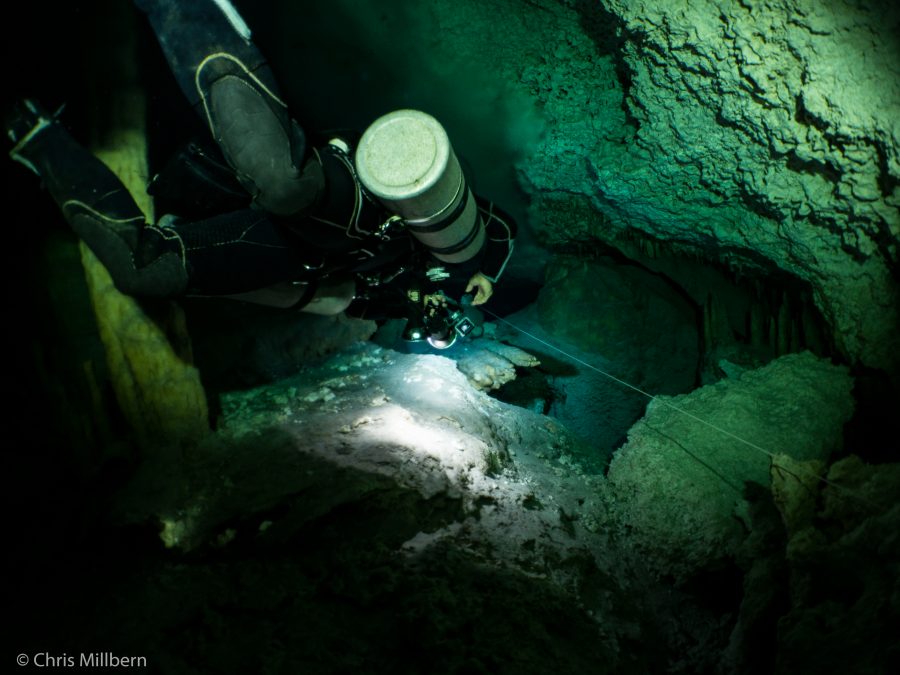

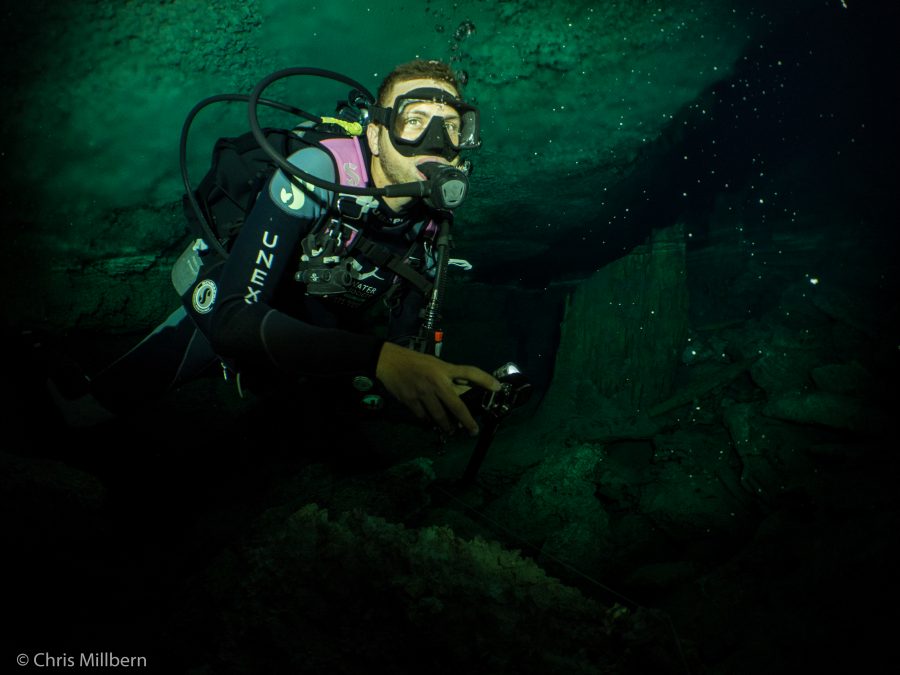
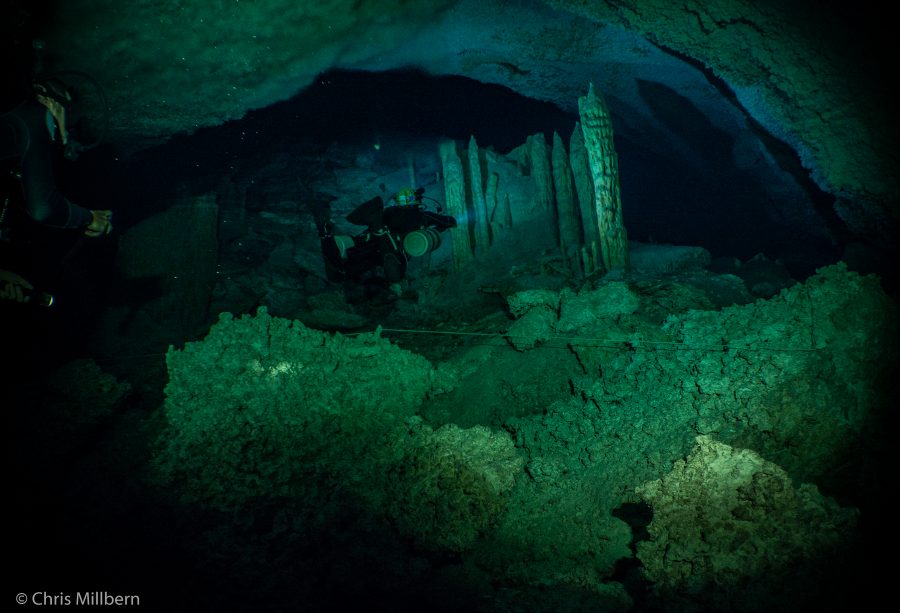
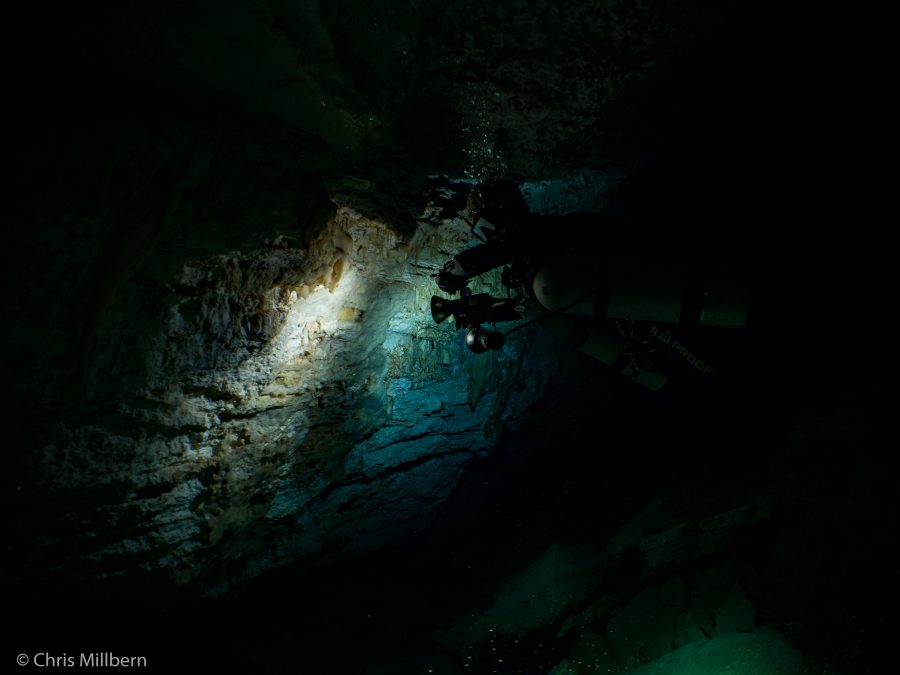
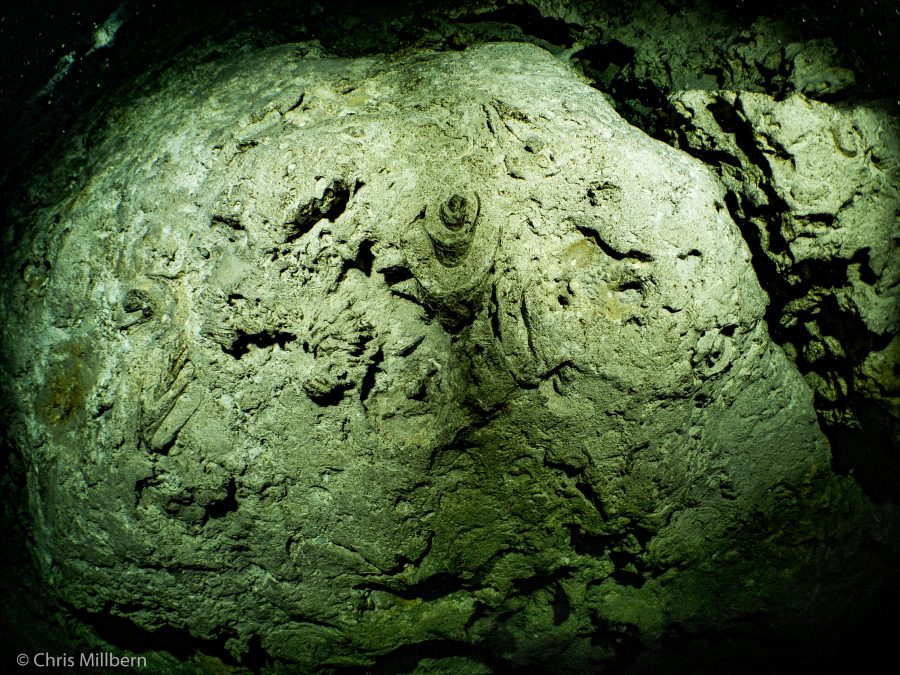
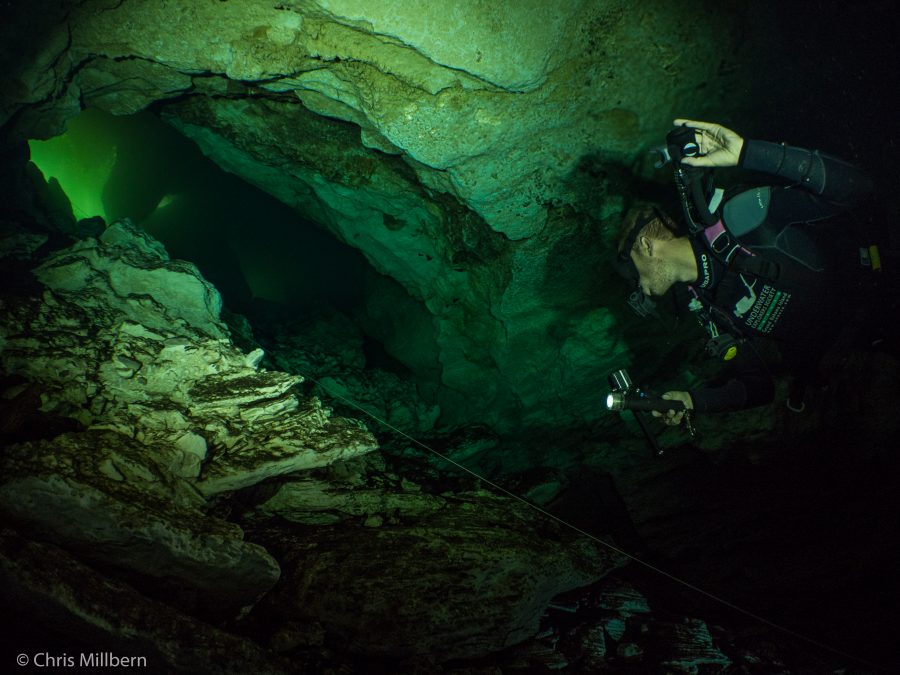
In another cavern, the entrance was a much clearer sinkhole with life and clarity right from the start.
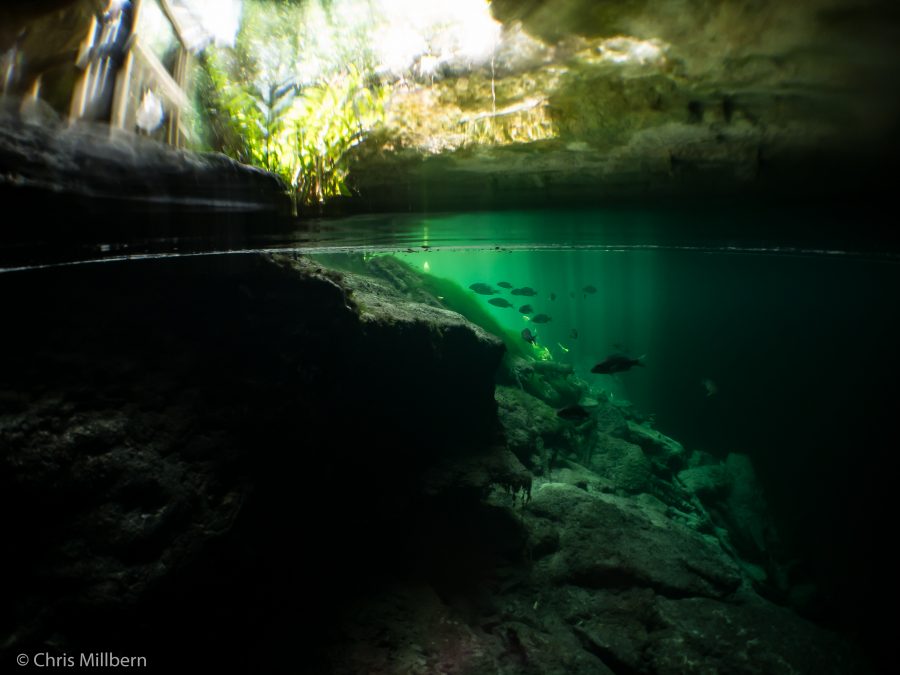


Now asking Cristina to show us around some caverns was awesome, but she’s an explorer- and explore she did. While she found an entire new passage and cave room (how cool is that?!), I explored the nearby mangrove areas to see where so much of our ocean life takes shelter.
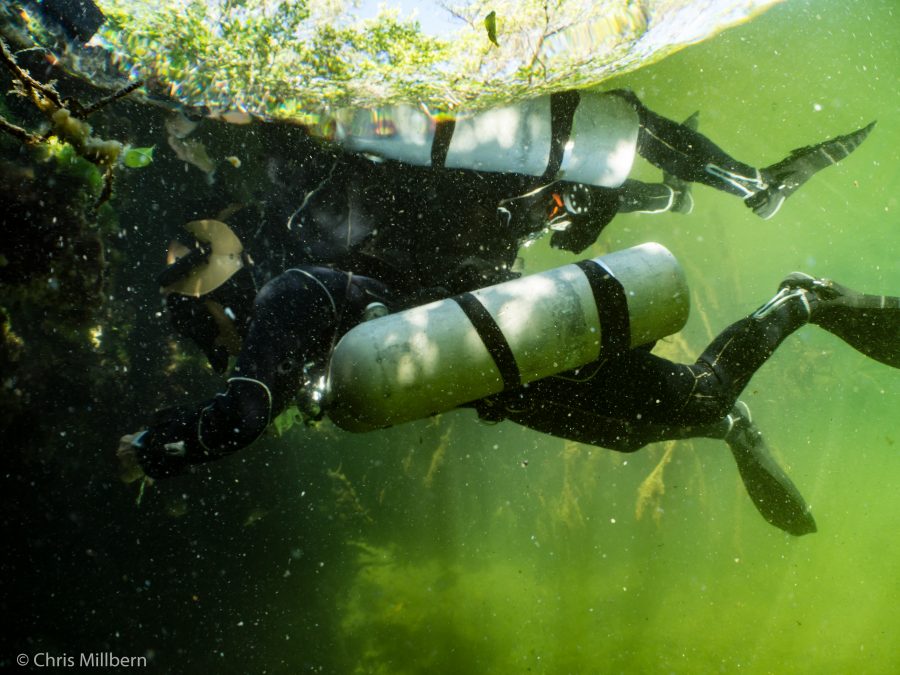
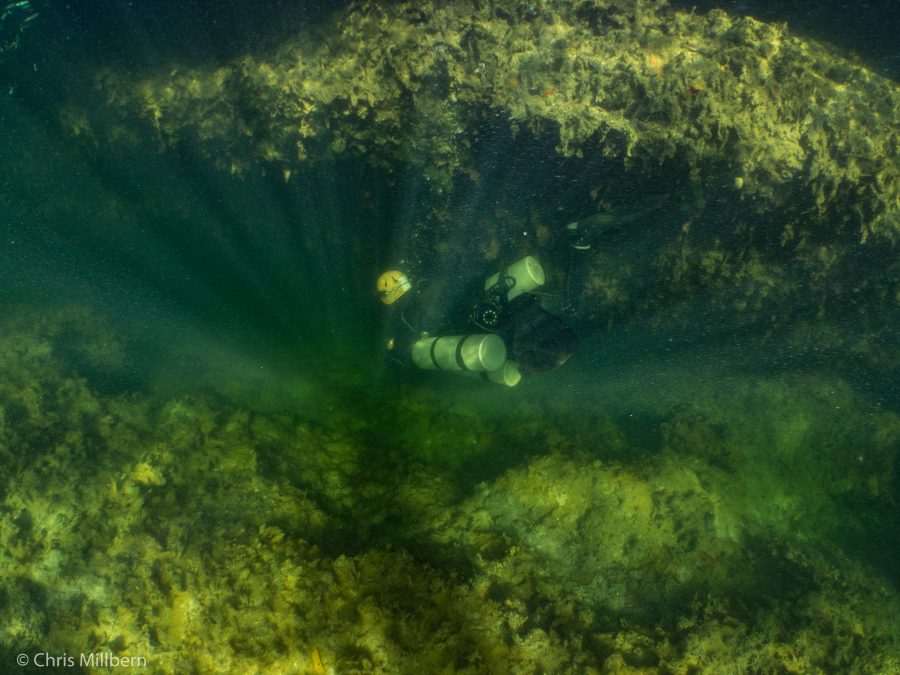
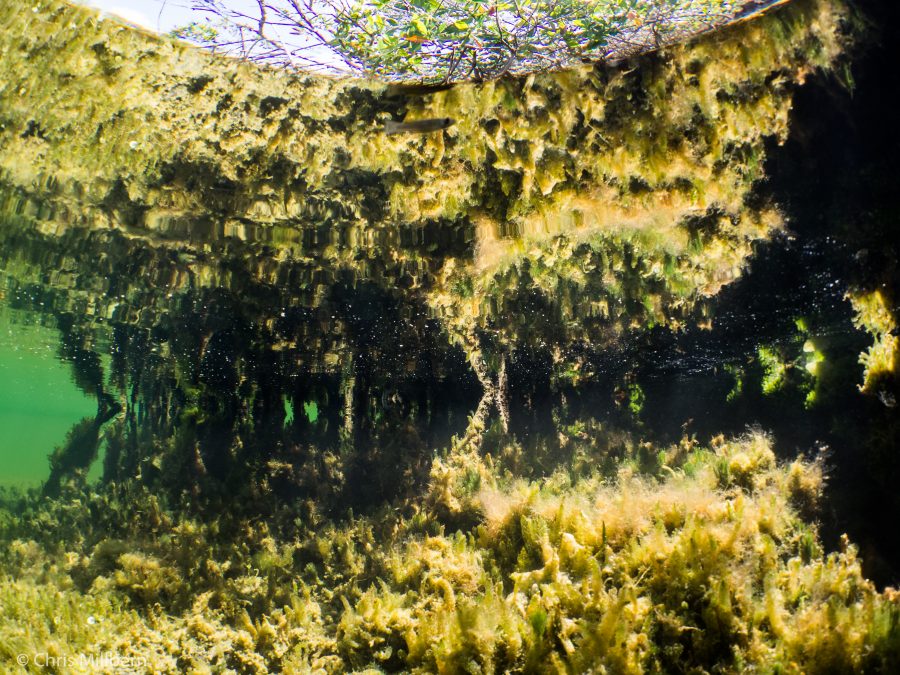
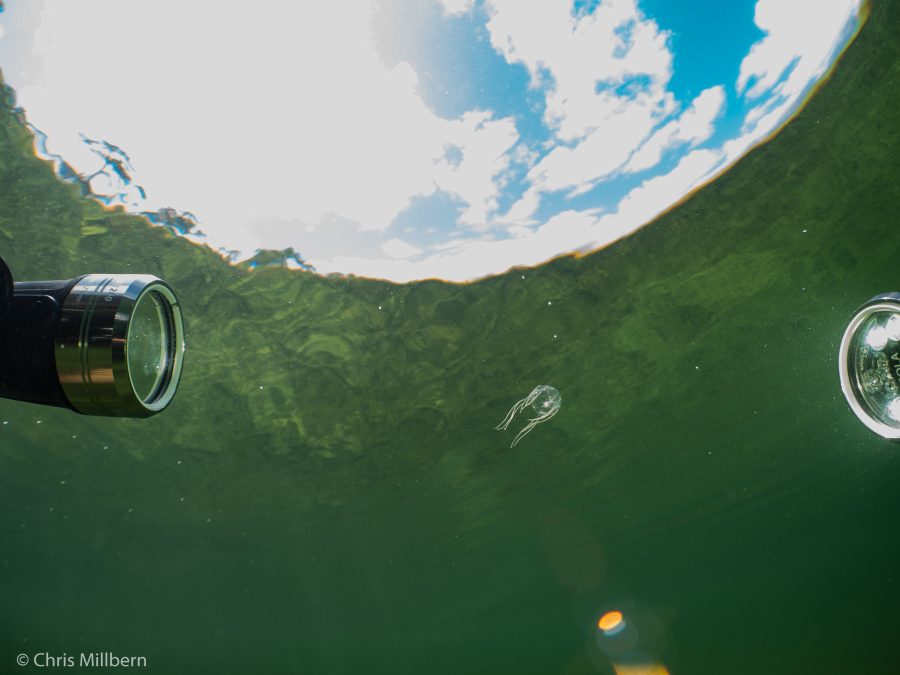
On the other side of the lake were some interesting waters that flow between islands with the tides. While comprised of ocean water, they’re only a few feet deep in places and flow like a river with speeds that can reach a few knots in the center. And yup, you guessed it- that was beautiful too.
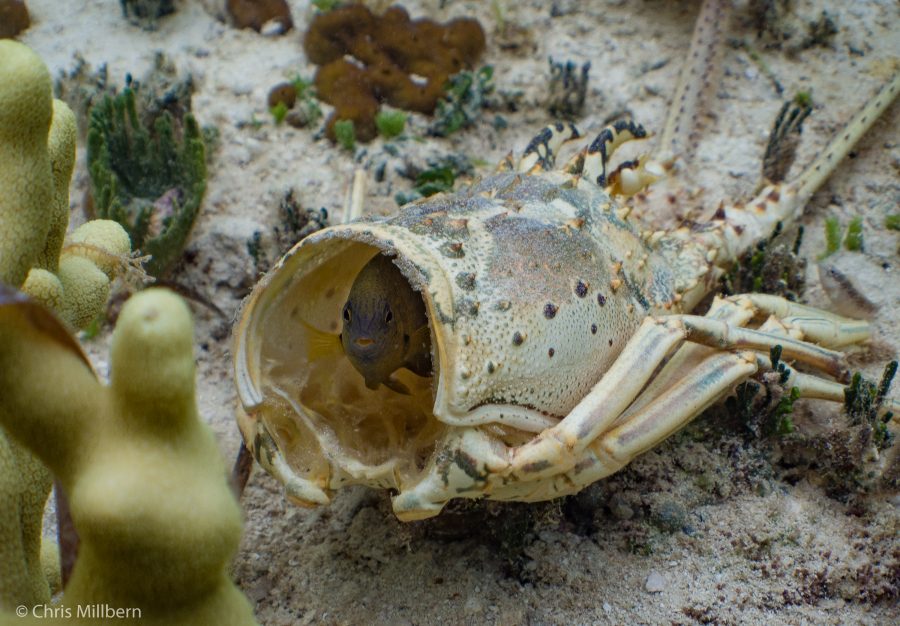

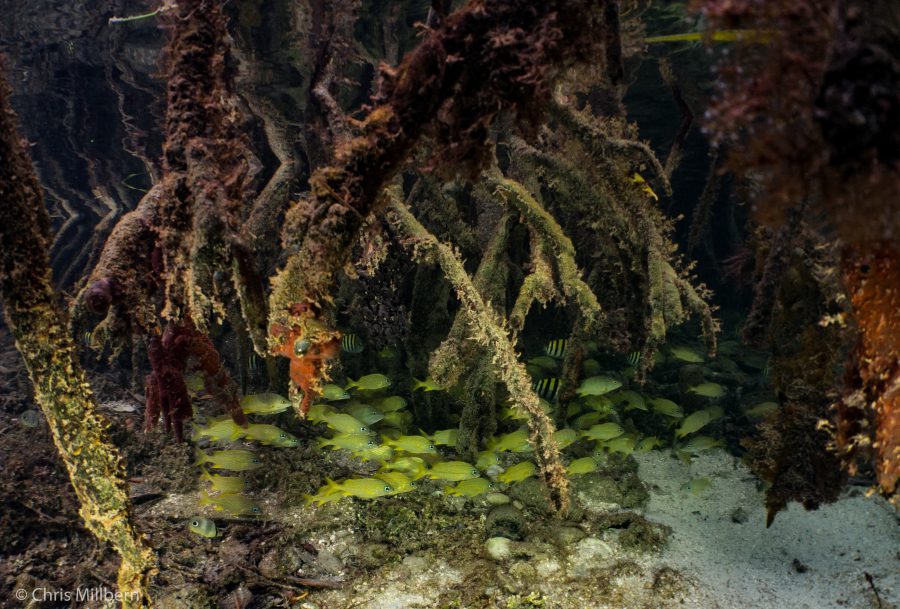
While words fail to really describe my experience with Cristina, the lessons precipitate better: sharks are creatures worth protecting and respecting. Cristina stresses that while you can’t give the impression that they’re playful kittens, sharks are simply not the terrifying stereotype we’ve been conditioned to believe. Yes, sharks have negative encounters with humans- but they’re vastly outnumbered by the positive or simply neutral ones every day. Expecting an ocean predator to be anything other than a well-evolved hunter does a disservice to our understanding of nature, and demonizing such a creature for being ‘scary’ is akin to being upset that a chameleon is hard to see when it’s camouflaged.
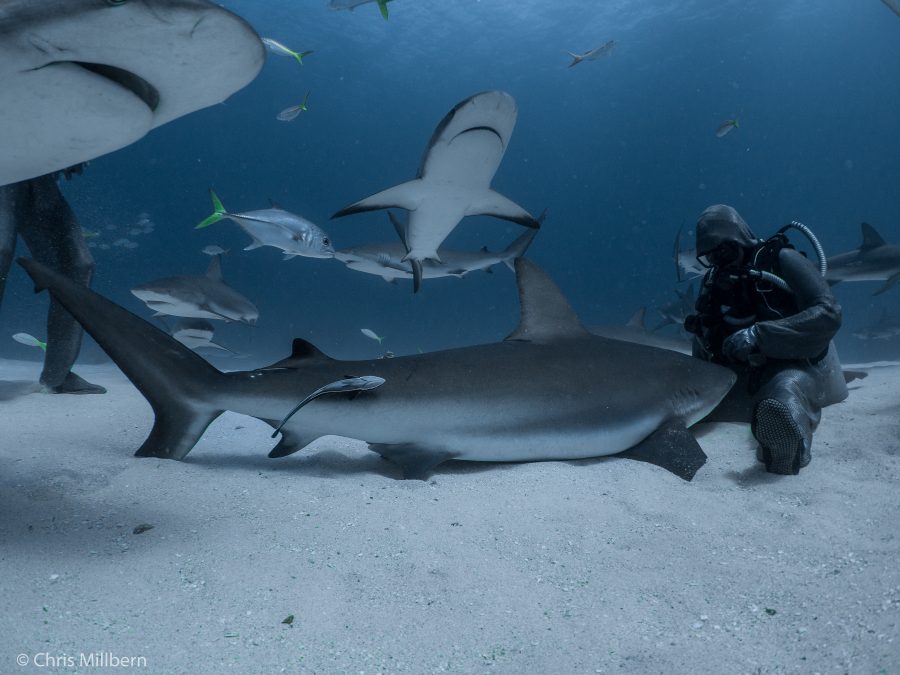

And once we accept that sharks are neither cuddly nor murderous, but simply alive- the focus finally shifts to understanding. And I feel so lucky to have been given the chance to understand.
A special thanks to Cristina Zenato, the staff at UNEXSO, and the many people who work so hard to create such a wonderful experience. Please visit www.cristinazenato.com for more information about the many things you saw here.
Lastly, thanks to the Our World-Underwater Scholarship Society and Rolex for making this all possible!
Like shark images? Enjoy these others from my time with Cristina!
